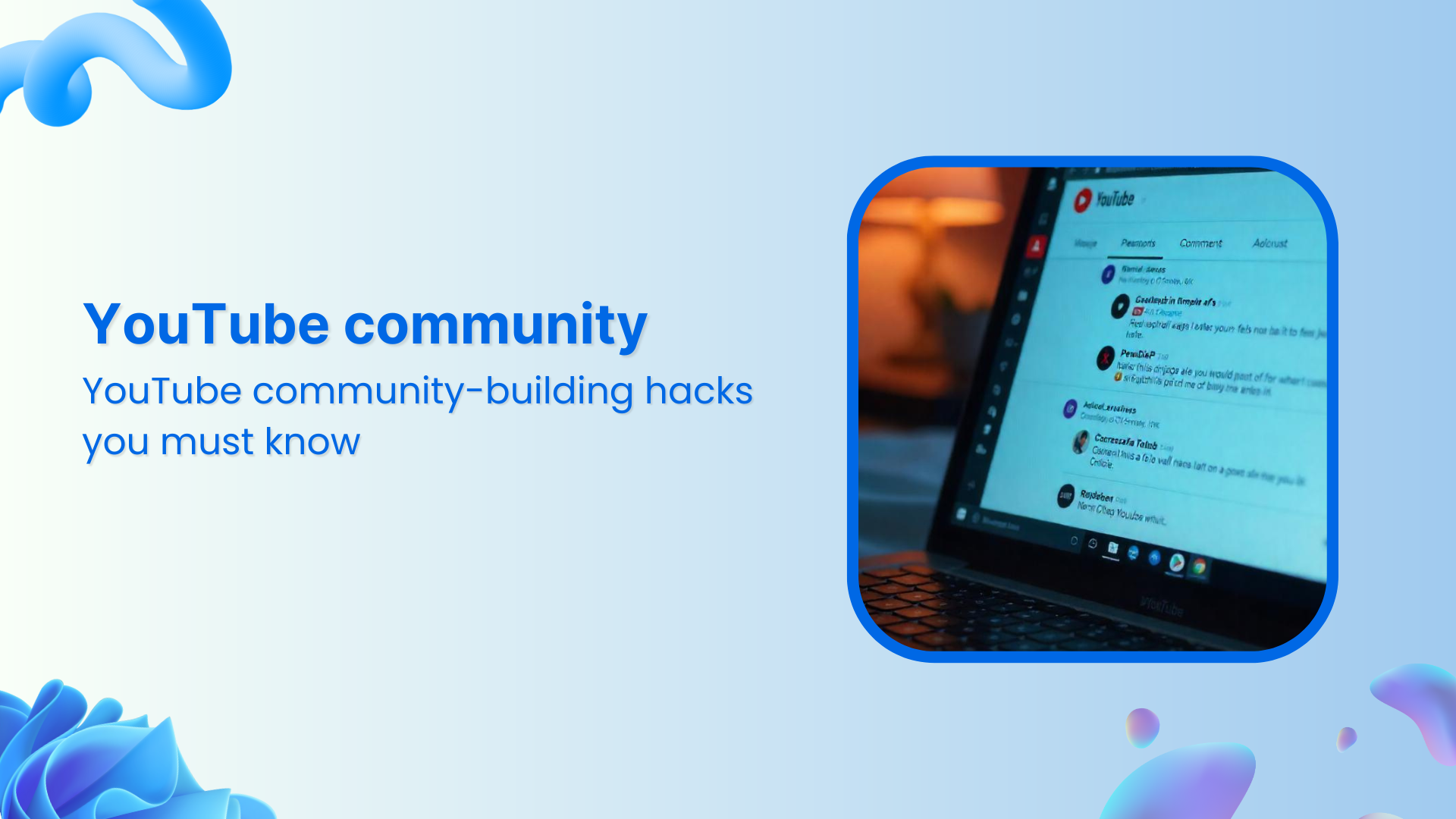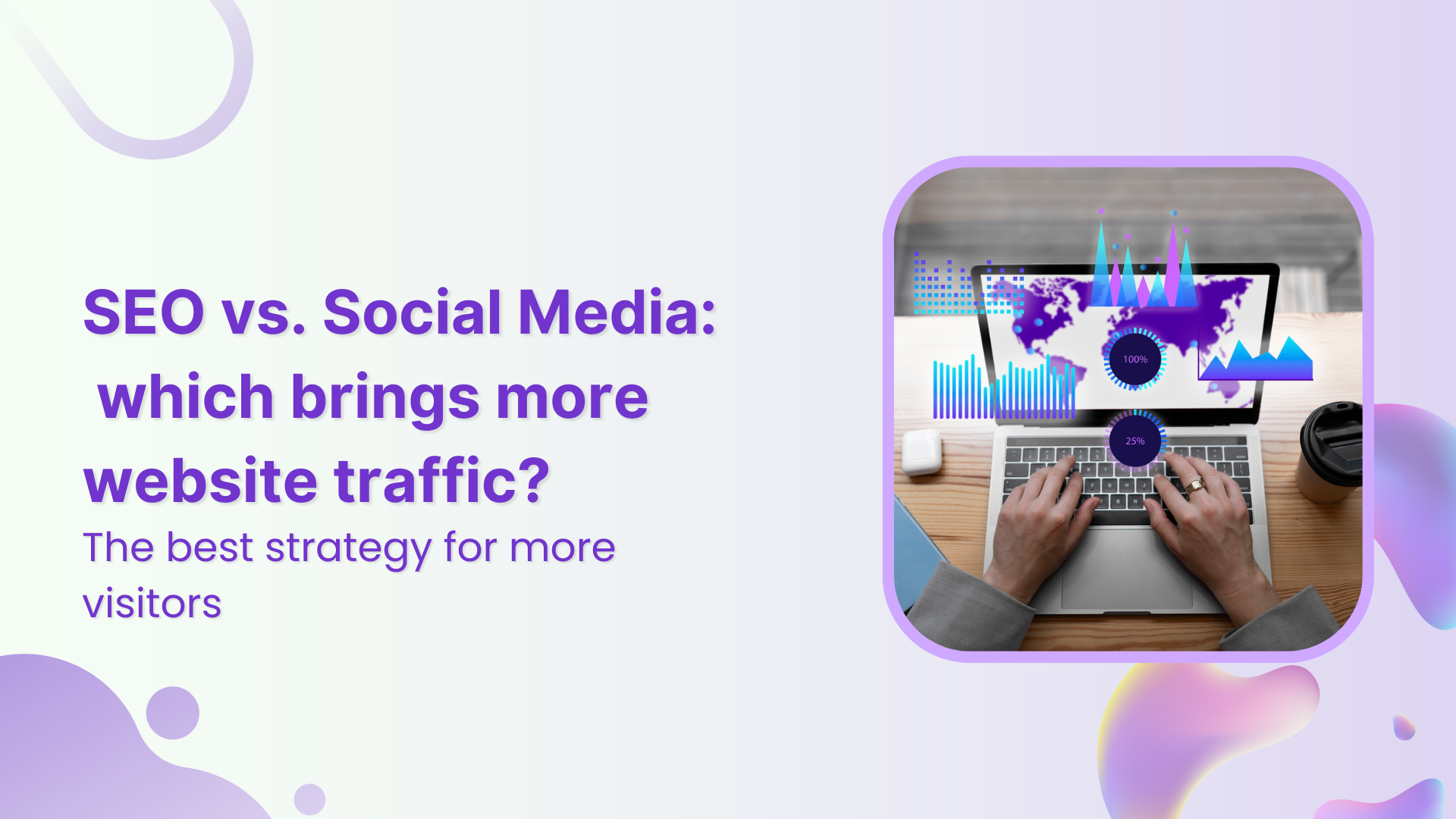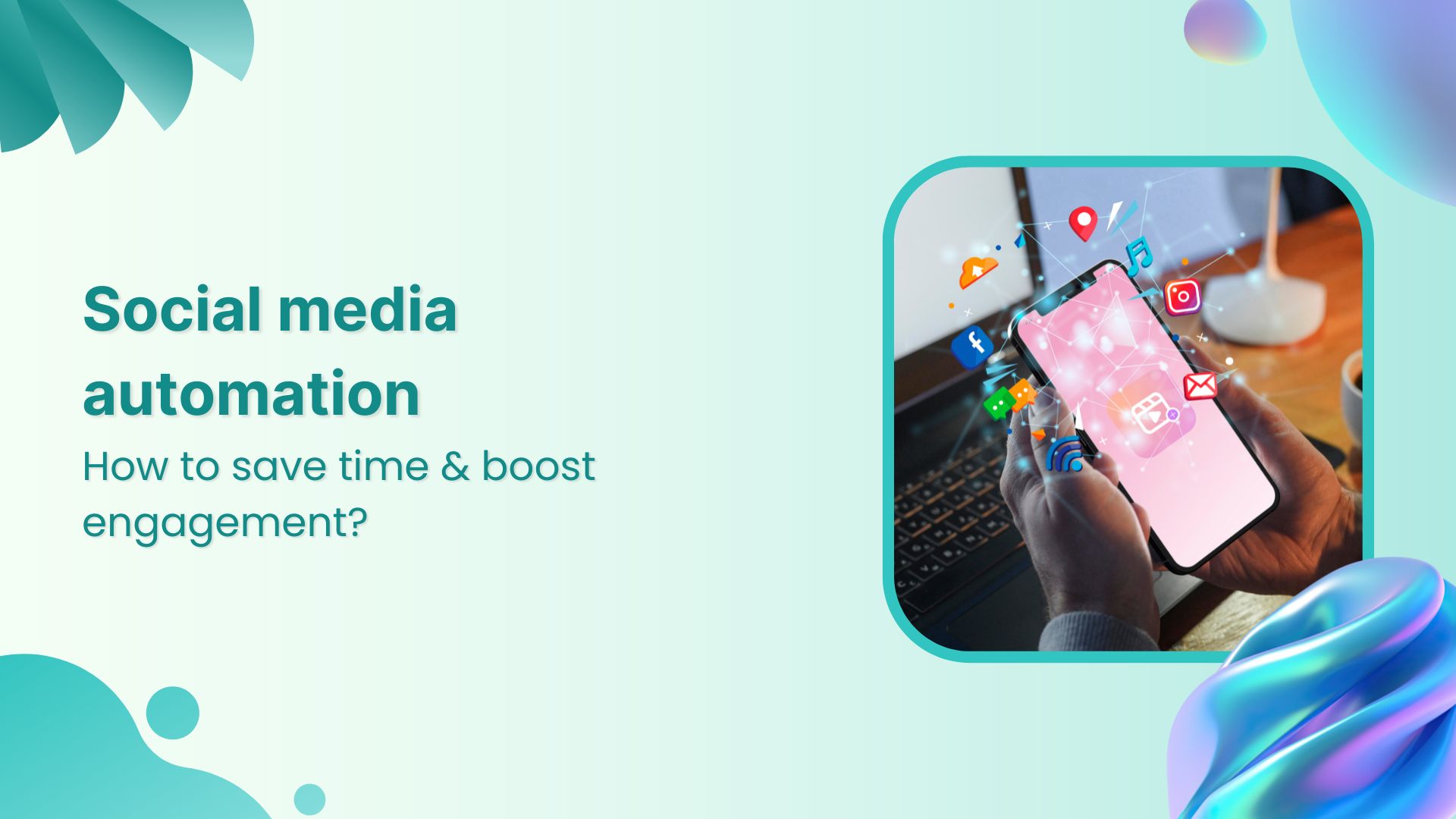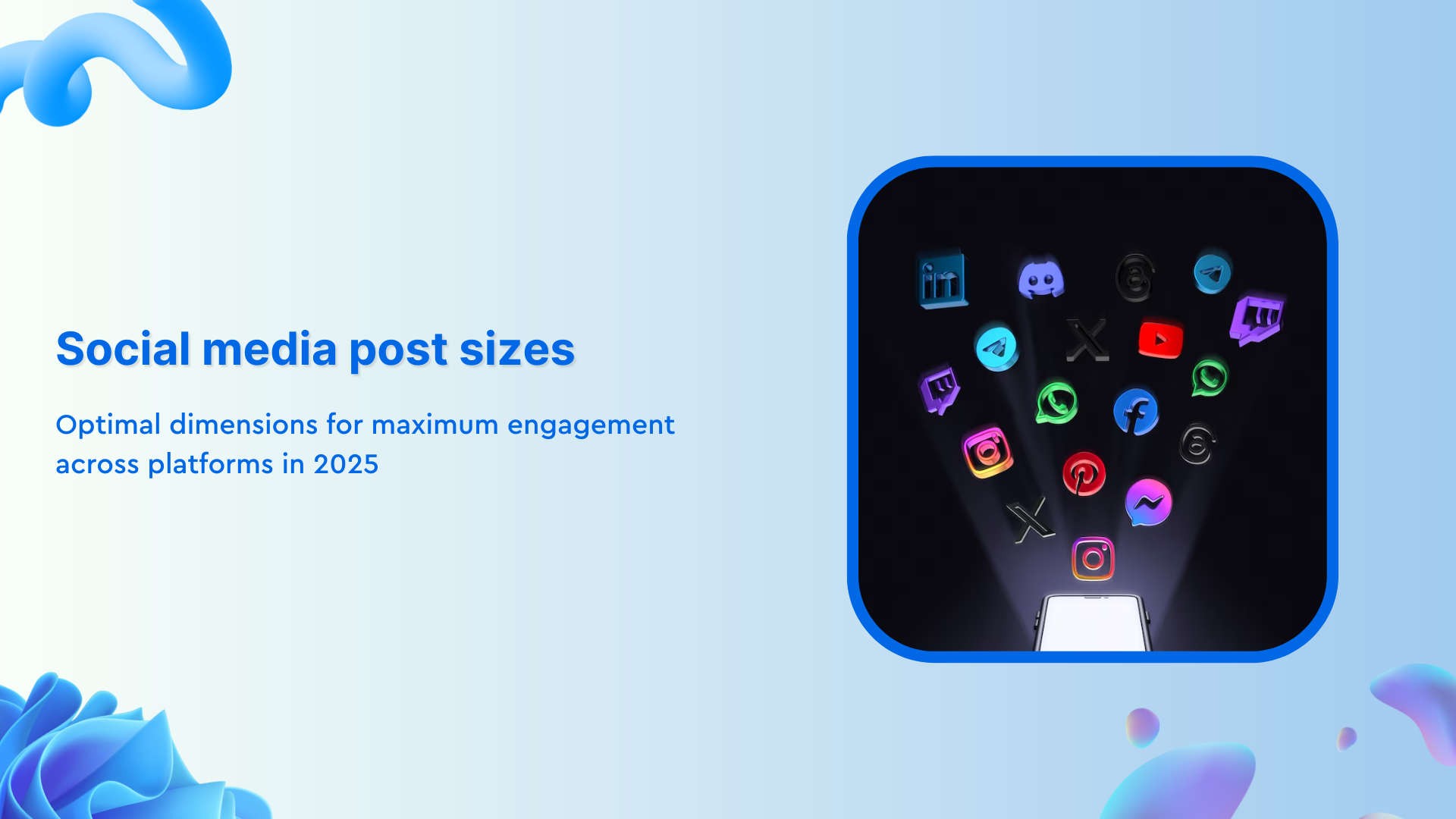Exciting news! Contentpen is live -Join todayand grab 50% off on annual plan. Limited slots only 🎊
Top 15 social media trends for marketers in 2025
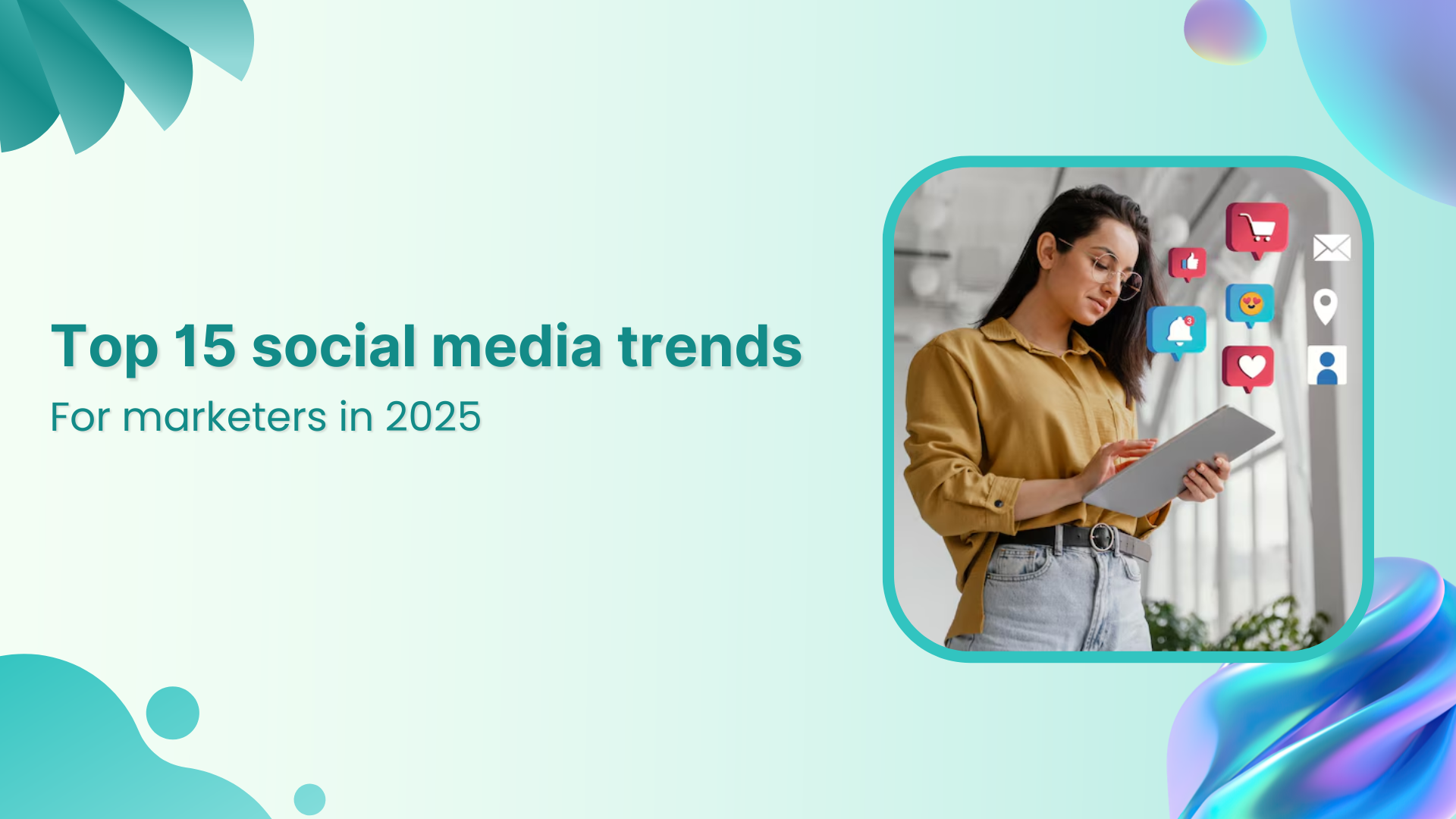
Social media in 2025 is evolving at an unprecedented rate, presenting both new opportunities and challenges for SaaS businesses and digital brands. From the rise of AI-generated content to the boom in social commerce, staying ahead of these trends isn’t just about being current—it’s essential for brand survival.
Social media managers, content creators, small business owners, and marketing agencies all face the same reality: understanding these shifts is critical to maintaining relevance in an increasingly competitive landscape.
At ContentStudio, we’ve analyzed the most impactful developments shaping social media strategies this year. Here’s our comprehensive breakdown of the top social media trends defining 2025.
Trend 1: AI tools that think like your creative team
AI has undergone significant evolution in the social media space from 2024 to 2025. What began as simple text generation tools have now become sophisticated content creation suites that can handle every aspect of content production. These tools now offer industry-specific templates, brand voice training, and can even predict trends based on historical engagement data. The technology has become sophisticated enough to generate content that’s often indistinguishable from human-created work, while significantly reducing production time from days to minutes.
-
Examples 1
Midjourney has evolved to version 7.0, which now enables brands to train the AI on their specific visual identity, ensuring perfect brand consistency across thousands of images.
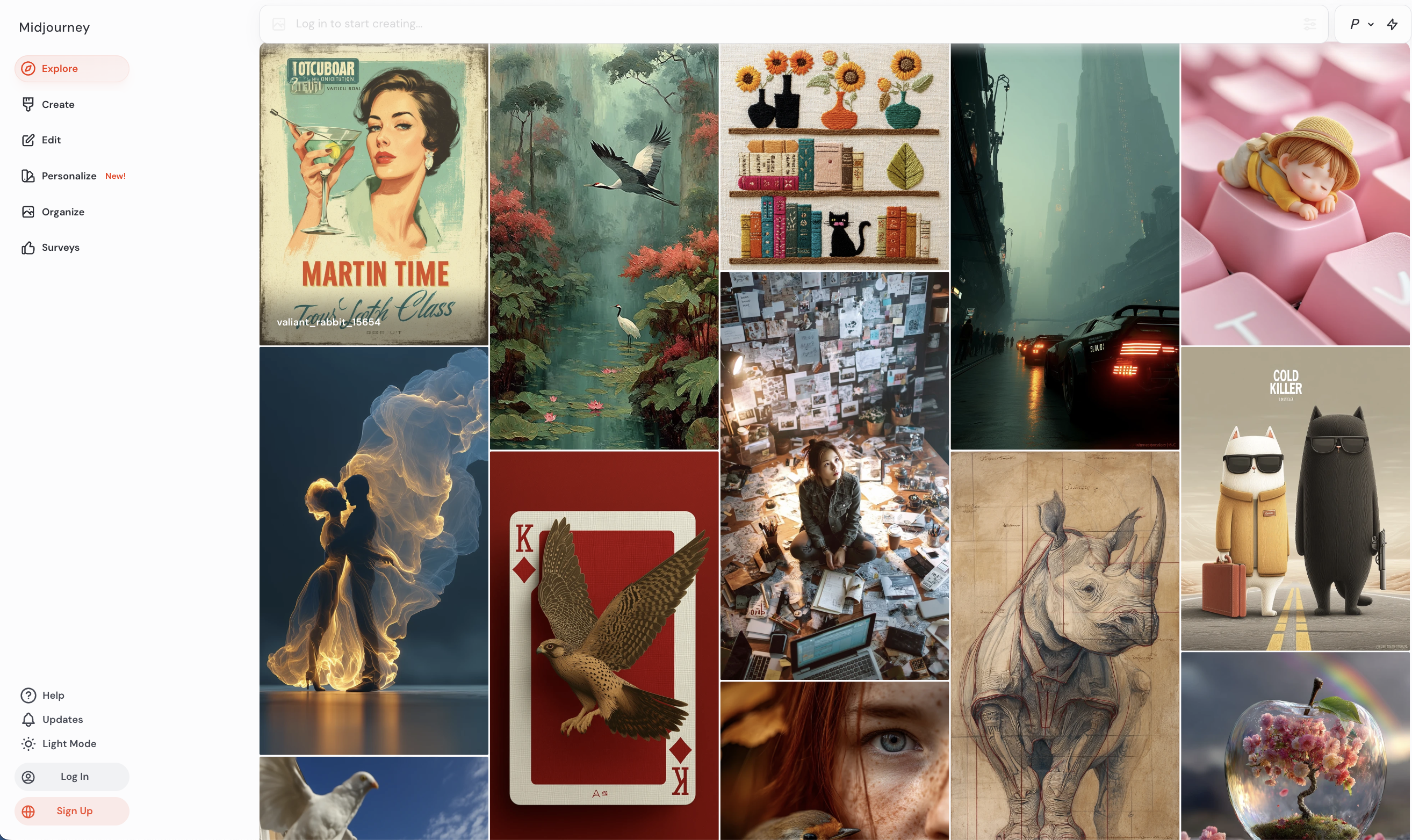
-
Examples 2
Meta’s AI Studio enables brands to create AI personas that can interact with customers in real-time across their platforms. Companies like Sephora have developed AI-powered beauty advisor personalities that offer 24/7 product recommendations.
-
Examples 3
Zara’s AI-powered campaign creatively leveraged style transfer algorithms, seamlessly blending authentic photography with striking digital artistry to capture audience attention and drive greater interest toward their products.
Why it matters
The democratization of content creation has fundamentally altered the competitive landscape. Small businesses with limited resources can now produce content at a quality level previously only achievable by enterprise brands with large creative departments. This shift has forced brands of all sizes to compete primarily on creativity and strategy rather than production values.
Additionally, the speed of AI content generation allows brands to be more responsive to trends and cultural moments, shortening the content creation cycle from weeks to hours.
Trend 2: The micro-community effect
As mainstream platforms become increasingly saturated with content, the signal-to-noise ratio has diminished significantly. This has driven both brands and users toward more focused, intimate digital spaces where meaningful connections can flourish. These micro-communities aren’t just smaller versions of major platforms, they’re fundamentally different in structure, offering greater control over content visibility, more nuanced moderation tools, and features designed specifically for relationship building rather than content amplification.
-
Examples 1
Circle has introduced monetization tools that allow brands to build tiered membership communities. For example, fitness brands like Peloton use similar membership structures to deliver exclusive workout content to their most engaged members, enhancing customer loyalty and overall experience.
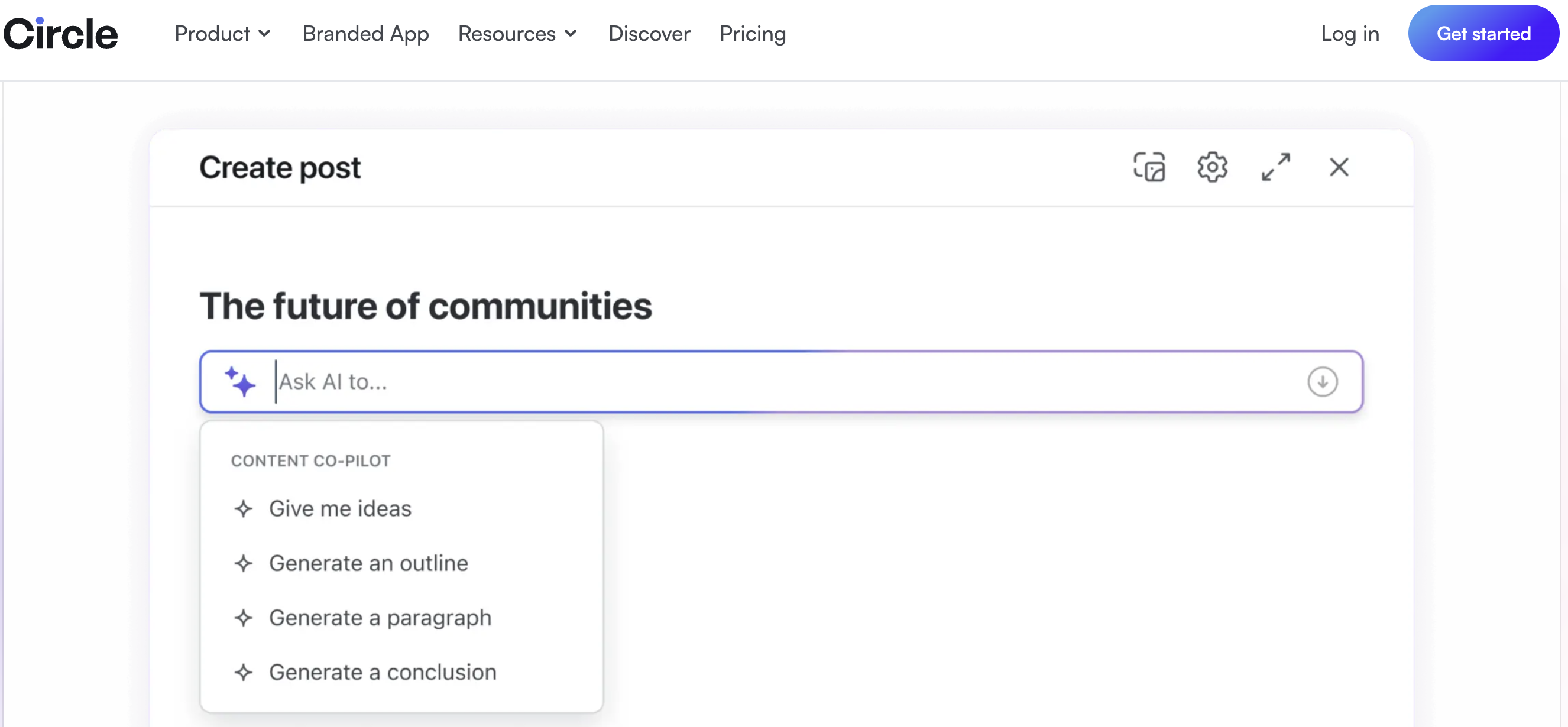
-
Examples 2
Glow Recipe’s “Glow Gang” community goes beyond just connecting customers—it empowers them through an ambassador program that rewards members for creating content and offering valuable feedback, driving authentic engagement and strengthening brand loyalty.
-
Examples 3
Luxury fashion house Gucci has developed an exclusive, invitation-only community platform tailored specifically for its top-tier customers. Members receive early access to new collections, personalized engagement, and direct communication with Gucci designers. This unique, tailored experience has led to a remarkable increase in high-value repeat purchases, strengthening customer loyalty and enhancing brand prestige.

Why it matters
Micro-communities represent a fundamental shift in how brands build relationships with customers. While mainstream platforms optimize for reach, these communities optimize for depth of connection. The data from these communities is also exponentially more valuable because it comes from highly engaged, loyal customers rather than casual followers.
Brands can use these insights for everything from product development to marketing messaging, essentially turning their most dedicated fans into an extension of their research and development team. Additionally, these communities are far less susceptible to algorithm changes on major platforms, providing brands with greater stability in their digital presence.
Trend 3: Why horizontal video is now officially outdated
The vertical video revolution has completely transformed the way people consume content. What began as a format necessity on mobile has evolved into a distinct visual language with its own cinematography rules, editing techniques, and creative best practices. Vertical has become the primary lens through which digital narratives are told, forcing even television broadcasters and film studios to consider vertical formats for their promotional content. The format has evolved beyond just orientation to include specific pacing, text overlay standards, and engagement mechanisms optimized for thumb-stopping impact.
-
Examples 1
YouTube Shorts is YouTube’s vertical video format, competing with TikTok and Instagram Reels. The statistics come from YouTube’s official announcements and Alphabet’s earnings reports. The 70 billion daily views figure represents the total number of Shorts watched globally each day, while the 2 billion monthly logged-in users shows that nearly all of YouTube’s user base engages with vertical content.
-
Examples 2
Adobe Adobe has launched a dedicated vertical video academy within its platform, offering tutorial content designed to enhance user engagement and significantly improve learning experiences through increased interaction and completion rates.
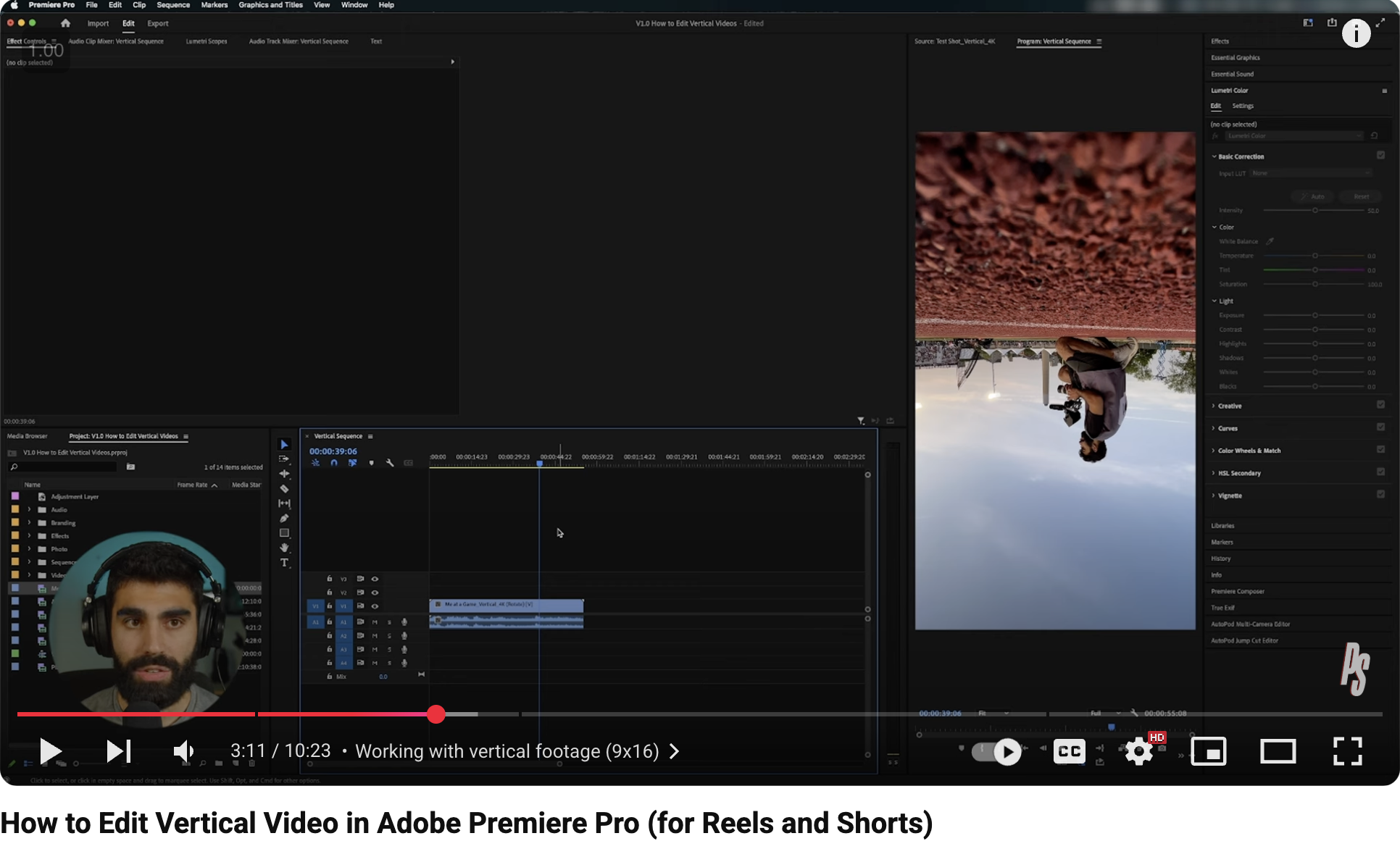
-
Examples 3
News organizations like Reuters have transformed their video teams, introducing specialized vertical video producers who adapt key global news stories specifically for mobile viewing, effectively reaching and engaging younger audiences.
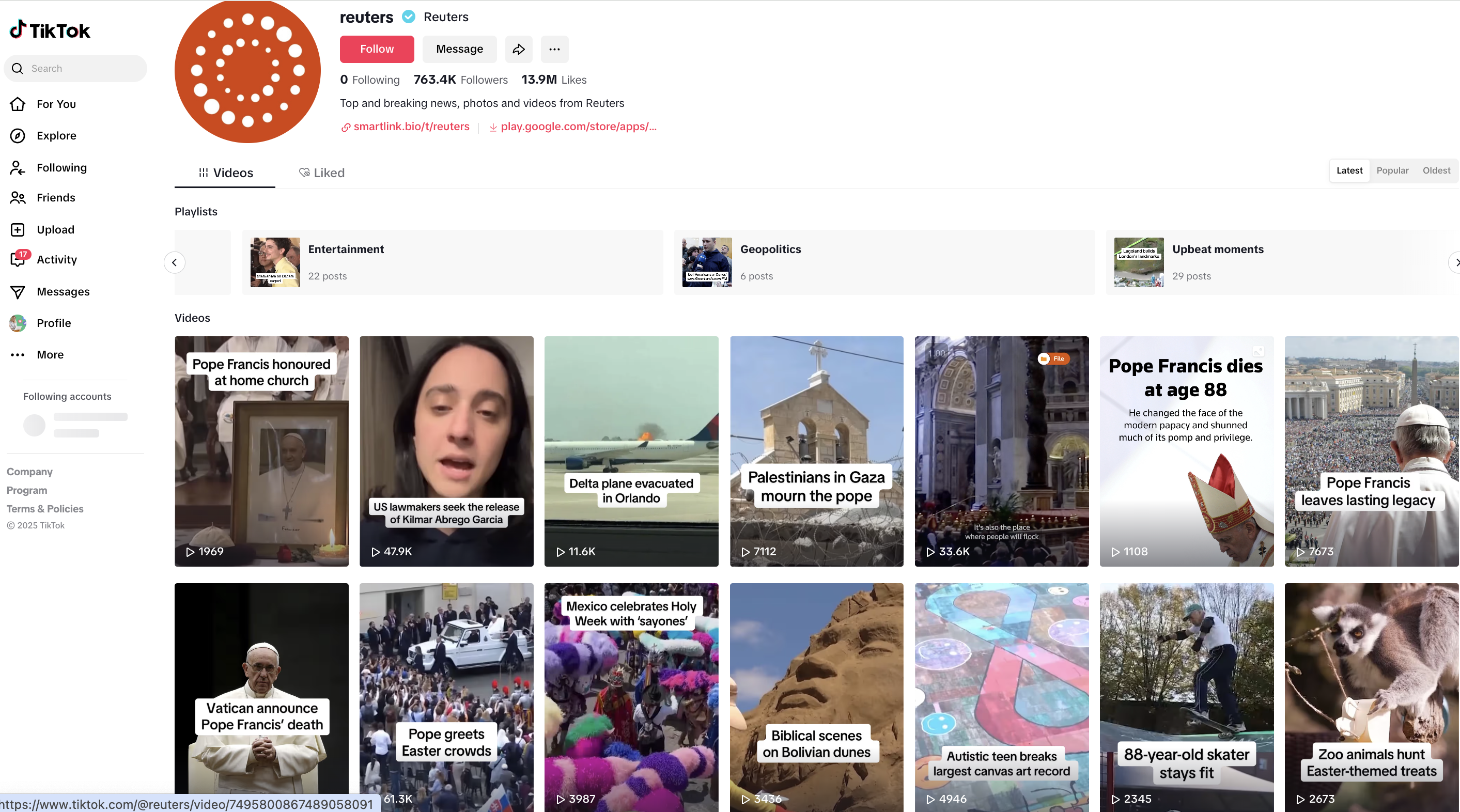
Why it matters
The dominance of vertical video reflects a fundamental shift in the context of content consumption. With 93% of social browsing occurring on mobile, content is now primarily consumed on the go, in brief moments throughout the day, often in public spaces. This has profound implications for content strategy: narratives must unfold more quickly, visuals must be immediately comprehensible on smaller screens, and audio cannot be the primary means of conveying information, as many users watch without sound.
Brands that have fully embraced vertical-first thinking are seeing not only higher engagement metrics but also significantly better conversion rates, as their content aligns with the actual consumption environment of their audience.
Trend 4: How AR try-on is eliminating purchase hesitation
Social commerce has evolved beyond simple product tags to create fully immersive shopping experiences directly within social platforms. The integration of augmented reality has been particularly transformative, enabling consumers to visualize products in their real environment or on their bodies before making a purchase. These technologies have matured significantly, with precise size estimation, accurate color representation, and realistic physics simulations that give consumers confidence to make purchases without seeing the items in person. The entire customer journey, from discovery to purchase to support, can now happen without ever leaving the social platform.
-
Examples 1
Warby Parker’s Instagram integration utilizes precise facial mapping technology that accounts for face shape and size, enabling remarkably accurate virtual try-ons. This feature has reduced their return rates by 40% while increasing first-time buyer confidence, as 73% of their new customers now use it before making a purchase.

-
Examples 2
Furniture retailer IKEA has pioneered room-scanning technology in its social commerce tools, which can measure spaces and recommend furniture of the appropriate size. Their AR placements show 93% accuracy compared to actual product dimensions.
-
Examples 3
Beauty brand Sephora’s Instagram AR integration , enabling users to virtually try on hundreds of makeup products instantly, creating an engaging digital experience that seamlessly moves shoppers from social browsing to making purchases.
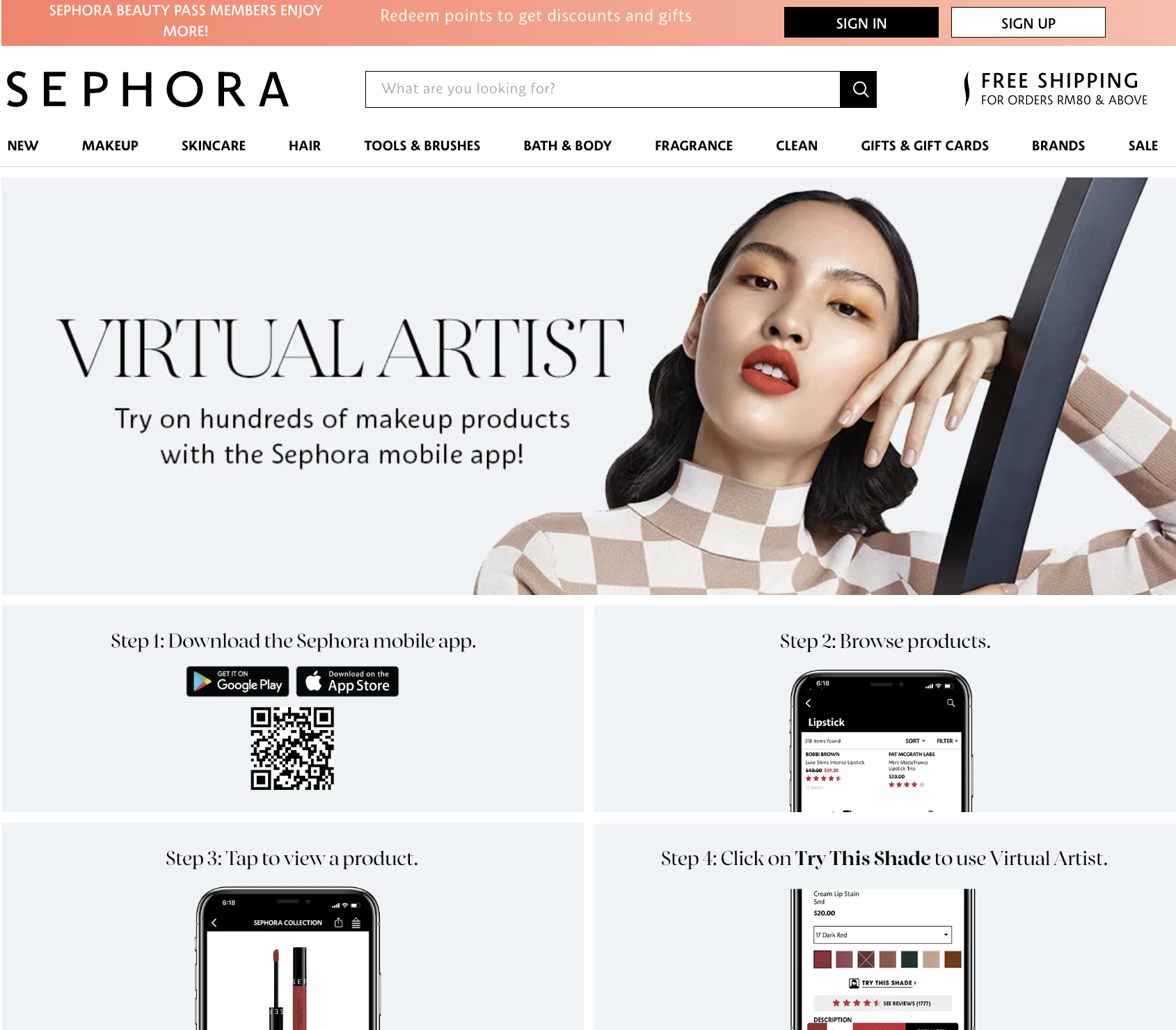
Why it matters
AR-powered social commerce represents the most significant evolution in retail since e-commerce itself, effectively solving the primary drawback of online shopping: the inability to experience products before purchase. The technology reduces the psychological barrier to digital purchases by addressing the uncertainty that typically drives consumers to physical stores.
For brands, this means that social platforms are no longer just marketing channels; they have become fully functional sales environments with conversion rates that approach or even exceed those of physical retail in certain categories. The data generated through these interactions is also invaluable, providing insights into which products generate the most try-ons versus purchases, helping brands identify products with high interest but low conversion.
Trend 5: Digital creators embracing authentic imperfection
It’s fascinating to see how much Instagram has changed! We’ve moved away from that perfectly curated, heavily filtered look that was so popular at the start. Now, there’s a wonderful trend of embracing authentic imperfection, which feels so much more relatable! This shift represents more than just a stylistic change—it reflects deeper consumer fatigue with artifice and a growing demand for genuine connection in digital spaces. Content that shows behind-the-scenes reality, acknowledges struggles, and presents unvarnished truths is now outperforming polished, aspirational content across most metrics. Creators are deliberately including “flaws” that would have been edited out just a few years ago.
-
Examples 1
The #NoFilter hashtag has evolved beyond its initial purpose to become a broader mindset, encouraging authenticity and genuine connections among users who appreciate unedited and authentic content.
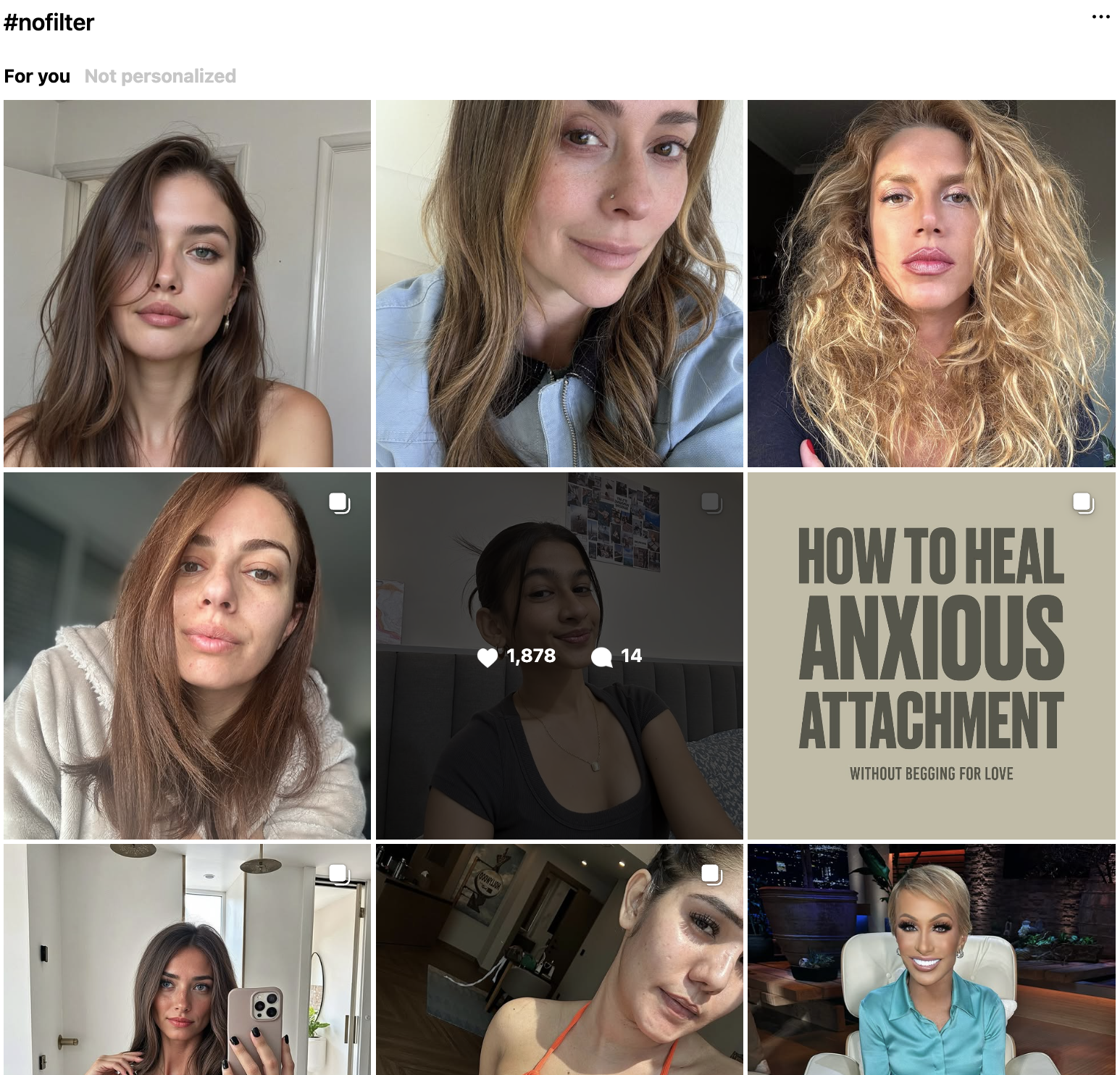
-
Examples 2
Emma Chamberlain pioneered this trend with her unpolished content style, characterized by unscripted, jump-cut-heavy videos that resonate deeply with her audience. Viewer responses consistently highlight her relatability and authenticity, underscoring the appeal of genuine content.
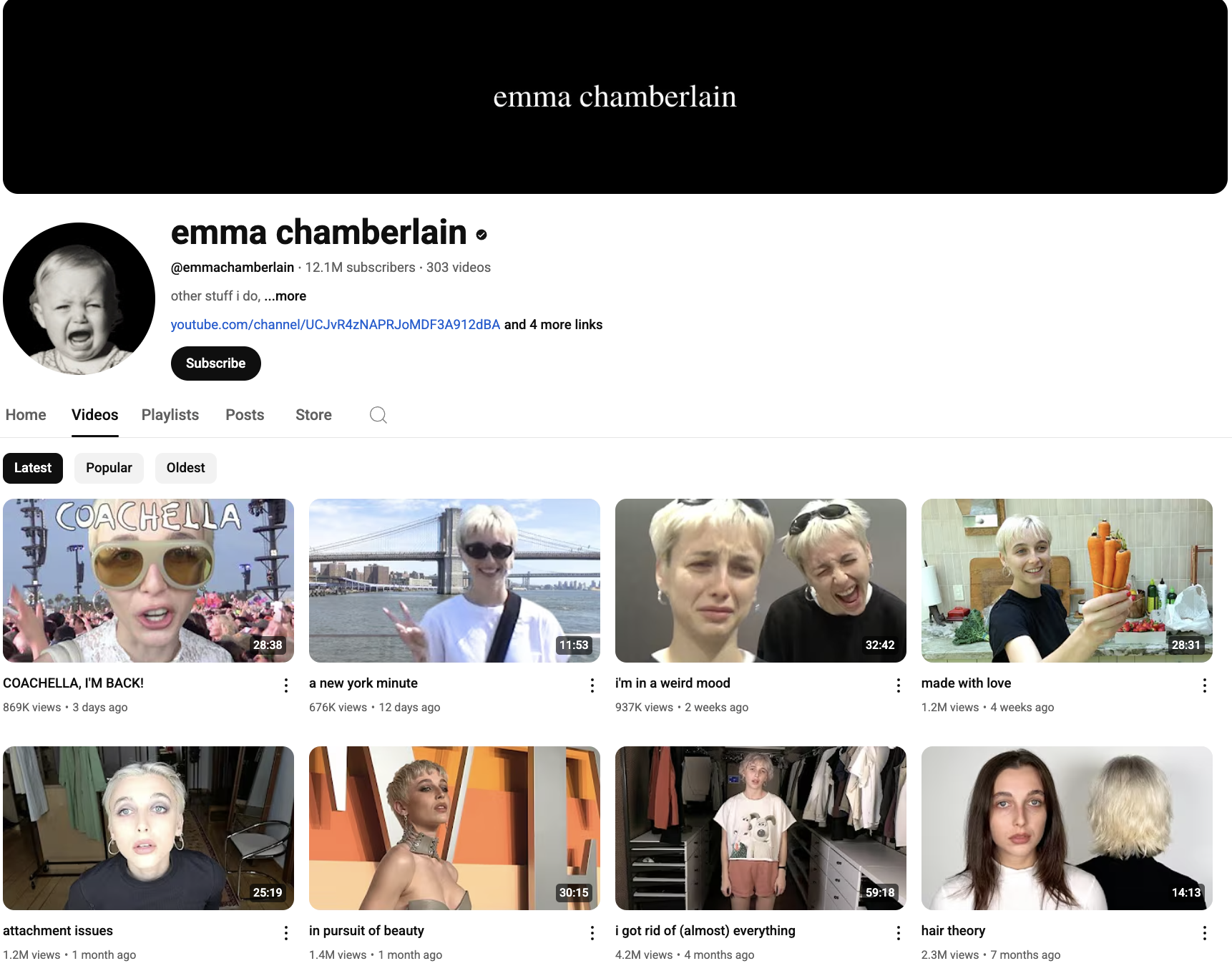
-
Examples 3
Beauty influencers like Hyram Yarbro have built massive followings (over 5.7 M) by showcasing realistic skin texture and being transparent about their use of lighting and filters. Engagement analysis reveals that his “real skin” posts receive 3.2 times more saves than filtered content.
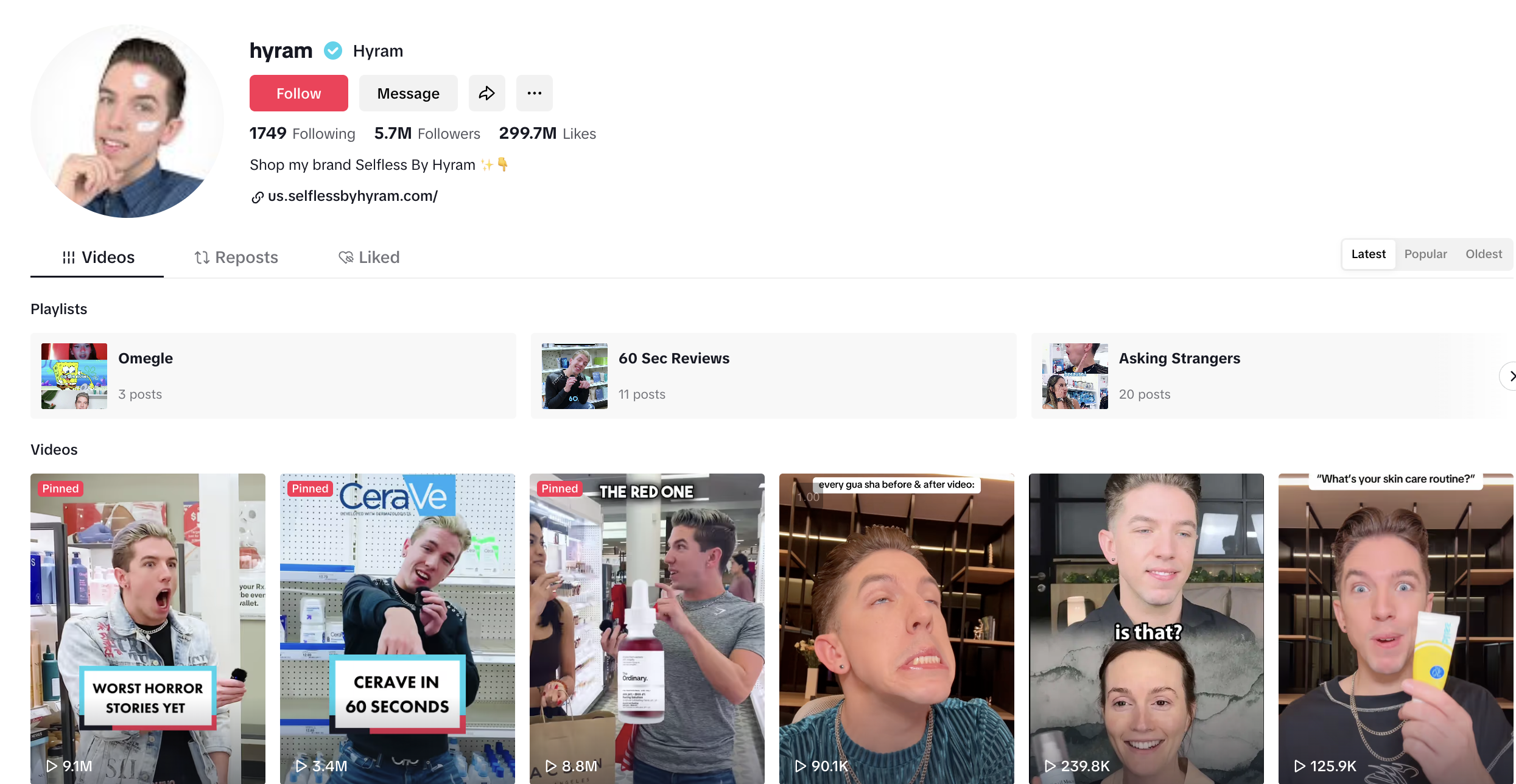
Why it matters
The embrace of authentic imperfection represents a fundamental shift in the social contract between content creators and their audiences. As digital natives have become increasingly sophisticated about the mechanics of content creation, they’ve developed a stronger ability to detect and reject artifice. The data clearly shows that 76% of Gen Z and Millennial consumers trust brands more when they show “real” content, but the implications go deeper. These audiences are actively punishing perceived inauthenticity by disengaging.
For brands, this means that investing in highly polished content can work against engagement goals if it comes at the expense of authenticity. The most successful brands are finding ways to maintain their quality standards while deliberately incorporating elements of authentic imperfection that humanize their presence.
Trend 6: Short-form audio clips
While video remains dominant, short-form audio has emerged as a complementary format that serves distinct use cases. These brief audio snippets—typically 30-99 seconds—fill a specific niche in the content ecosystem, allowing for content consumption during activities where visual attention isn’t possible. Unlike podcasts that require longer time commitments, these micro-audio formats deliver quick value in bite-sized packages. The format has been particularly effective for educational content, commentary, and emotional storytelling that benefits from the intimacy of voice.
-
Examples 1
Spotify’s “Minute of Music” feature enables artists to share engaging 60-second previews of their new releases. These brief audio clips act as powerful teasers, effectively encouraging listeners to stream the full tracks upon release.
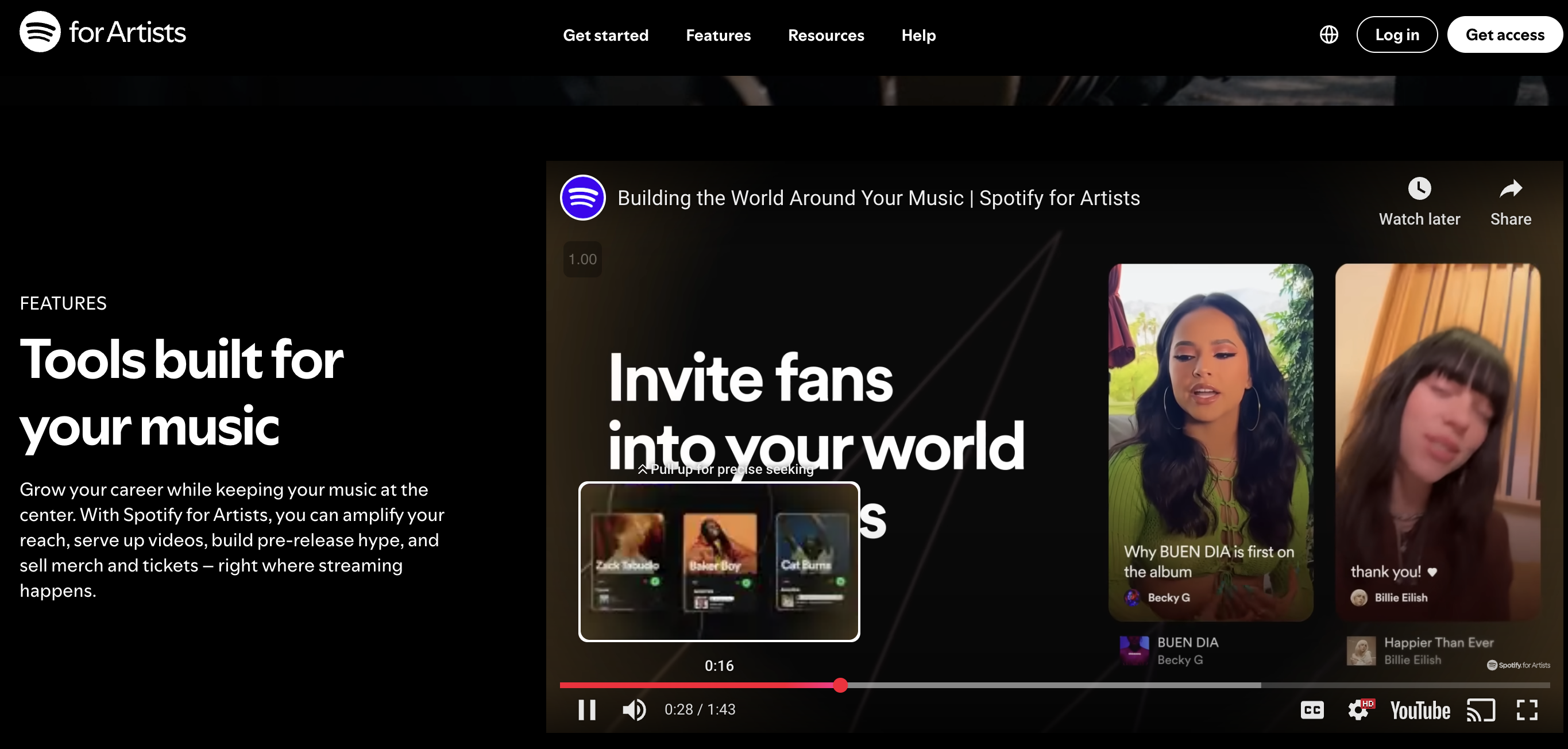
-
Examples 2
The New York Times’ “Daily Briefing” audio snippets condense top news stories into 60-second summaries, reaching 528.6 million daily listeners according to their 2024 Digital Report—many of whom consume these briefings during morning routines when reading or watching isn’t possible.
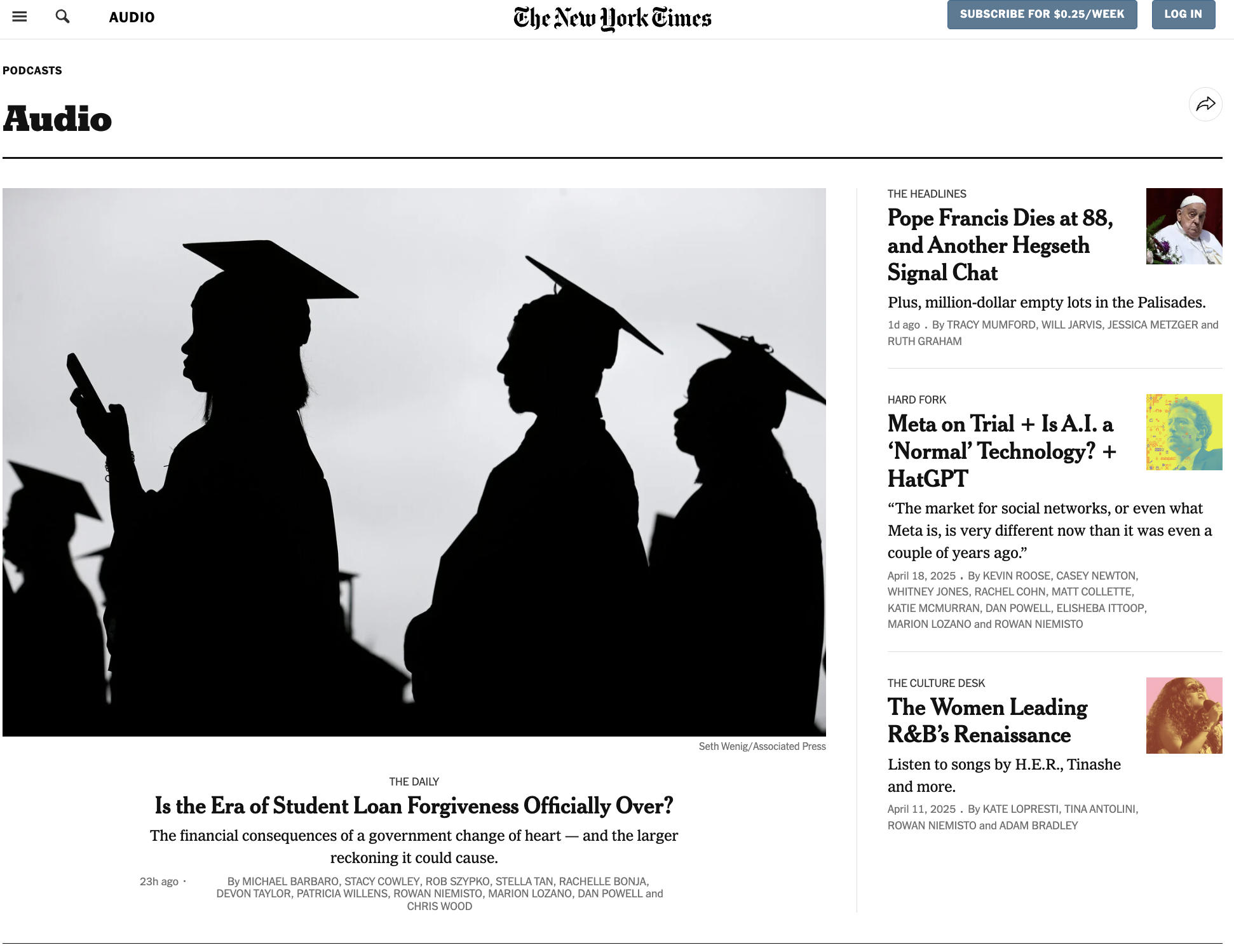
-
Examples 3
Clubhouse’s “Clips” feature enables users to capture and share engaging 60-second highlights from longer conversations, thereby enhancing content visibility and promoting sharing across various social platforms.
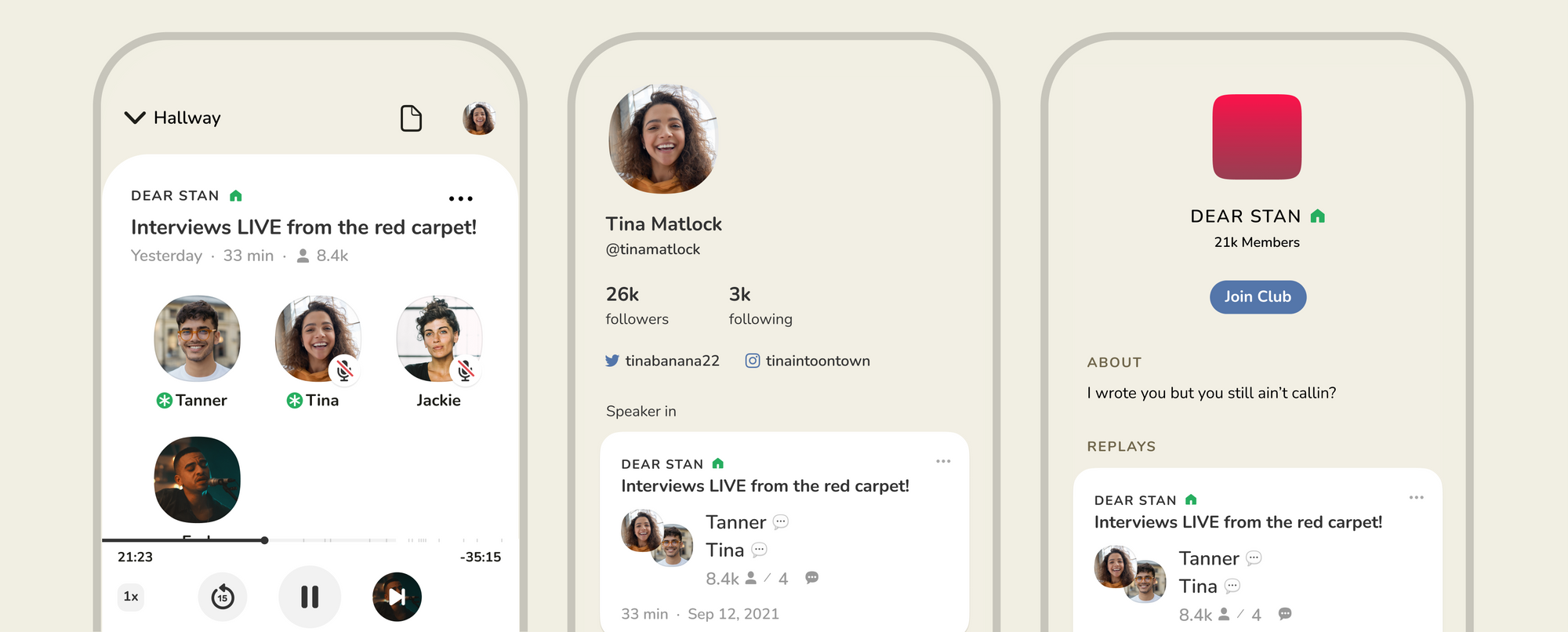
Why it matters
Short-form audio fills a critical gap in the content consumption landscape, addressing scenarios where both text and video fall short of meeting needs. While reading requires focused attention and video demands visual engagement, audio can be consumed during activities like commuting, exercising, or household tasks. The rise of smart speakers and wireless earbuds has created an audio-friendly ecosystem that makes consumption frictionless.
For brands, short audio provides an opportunity to reach audiences during moments when they would otherwise be unreachable through visual media. Additionally, voice conveys emotional nuance that text often cannot, creating more intimate connections with audiences. The analytics also show that short audio formats enjoy higher completion rates than longer ones, making them ideal for delivering key messages with minimal audience dropout.
Trend 7: How education became social media’s killer feature
Social platforms have evolved beyond entertainment and connection to become powerful educational ecosystems. This transformation has been driven by changing user expectations—people increasingly expect to derive practical value from their screen time. The most successful educational content combines entertainment techniques, such as storytelling, visual hooks, and personality, with structured learning approaches, creating experiences that are both engaging and informative. Different platforms have developed distinct educational niches, with TikTok excelling at quick practical skills, YouTube favoring in-depth tutorials, and LinkedIn focused on professional development.
-
Examples 1
The #LearnOnTikTok program has grown beyond its initial 500 billion views, with TikTok’s internal data showing that users who engage with educational content spend 43% more time on the platform overall and report 62% higher satisfaction with their app experience.
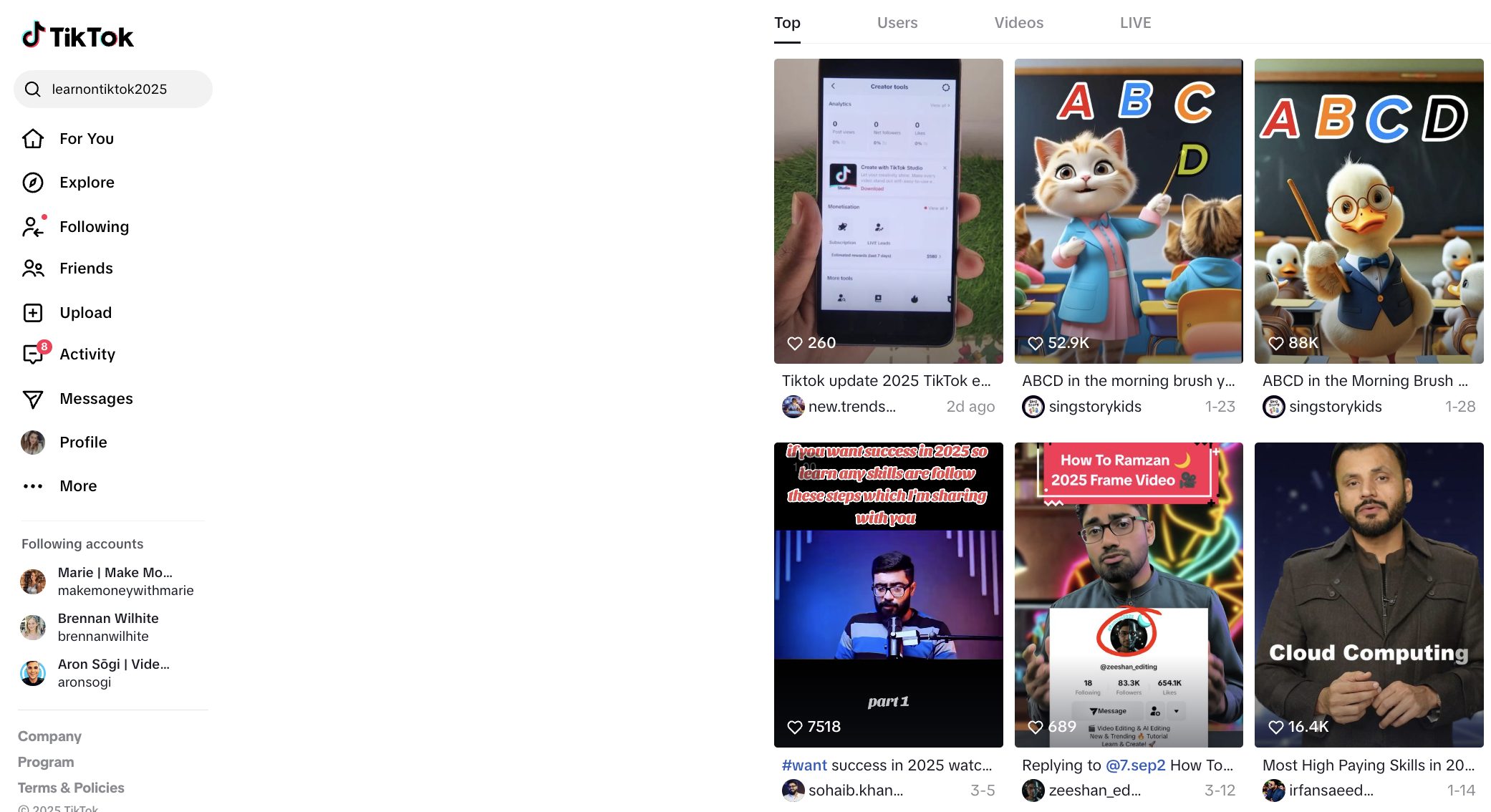
-
Examples 2
Emily Mariko’s cooking tutorials have evolved into a structured curriculum, with her “Basics Series” systematically teaching fundamental techniques that have helped her build a 12.4M following while maintaining exceptional 87% completion rates on her instructional videos.
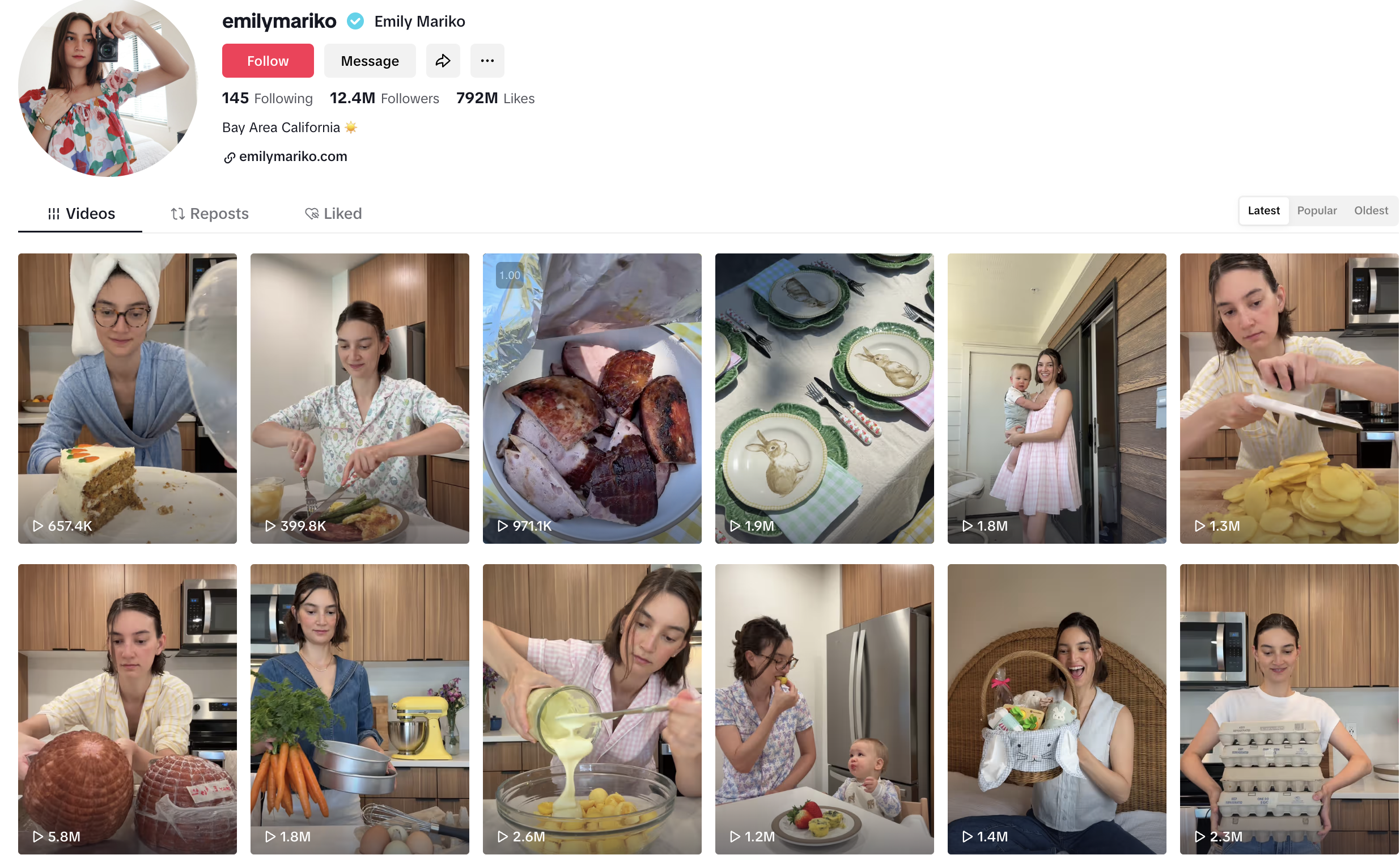
-
Examples 3
Khan Academy has leveraged this trend with its “Concept in 60 Seconds” series across platforms, finding that these brief explanations serve as effective gateways to its more comprehensive learning resources, driving a 230% increase in traffic to its complete courses.

Why it matters
Educational content delivers exceptional value for both creators and platforms. For creators, it positions them as authorities, building trust and credibility that extends to their other content or product recommendations. For platforms, educational content increases time spent and return visits as users integrate learning into their daily habits.
Brands that provide genuine educational value experience 3 times higher retention because they’re transforming their channels from pure promotion into valuable resources that serve an ongoing purpose in users’ lives. This trend also reflects a broader shift in how people approach lifelong learning—increasingly, they turn to social platforms rather than traditional educational institutions for practical, immediately applicable knowledge.
Trend 8: The privacy-first approach rebuilding user trust
The growing awareness of data privacy issues has sparked a significant shift in how platforms are designed and how users engage with them. This trend extends beyond regulatory compliance to fundamentally rethinking the social networking model itself. Privacy-first platforms emphasize user control, transparent data practices, minimal collection, and clear consent mechanisms. These platforms often feature decentralized architectures, local data storage, end-to-end encryption, and granular privacy controls that give users unprecedented agency over their digital footprints.
-
Examples 1
Mastodon’s decentralized structure has grown to supporting over 15 million users across thousands of independent instances, with their transparent governance model and absence of algorithmic manipulation cited by 72% of users as their primary reason for joining.
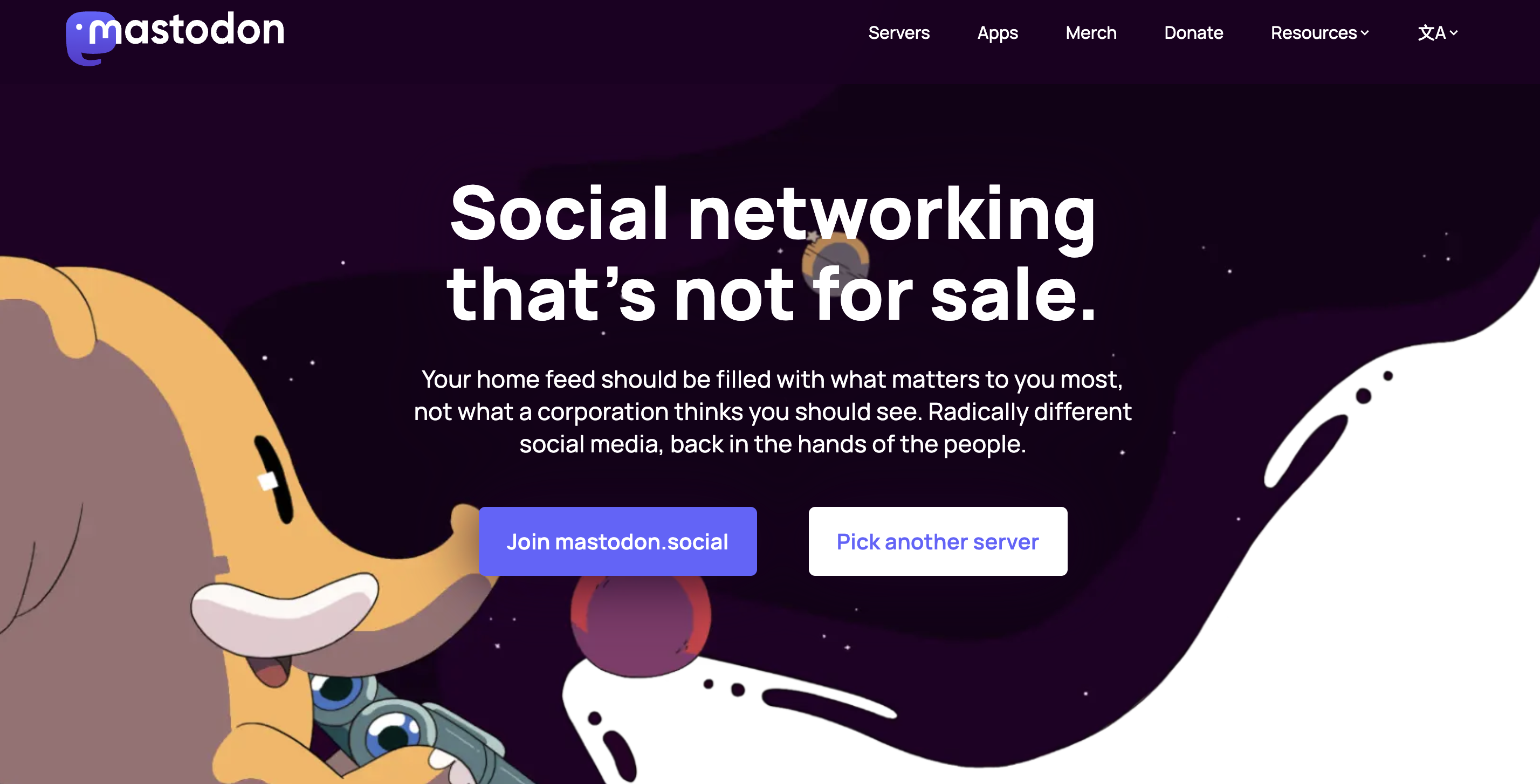
-
Examples 2
Meta’s Privacy Center marks a strategic shift for the company, bringing all privacy controls into one place and clearly explaining how user data is managed. By enhancing transparency, Meta aims to build greater trust with its users and encourage them to maintain their accounts.
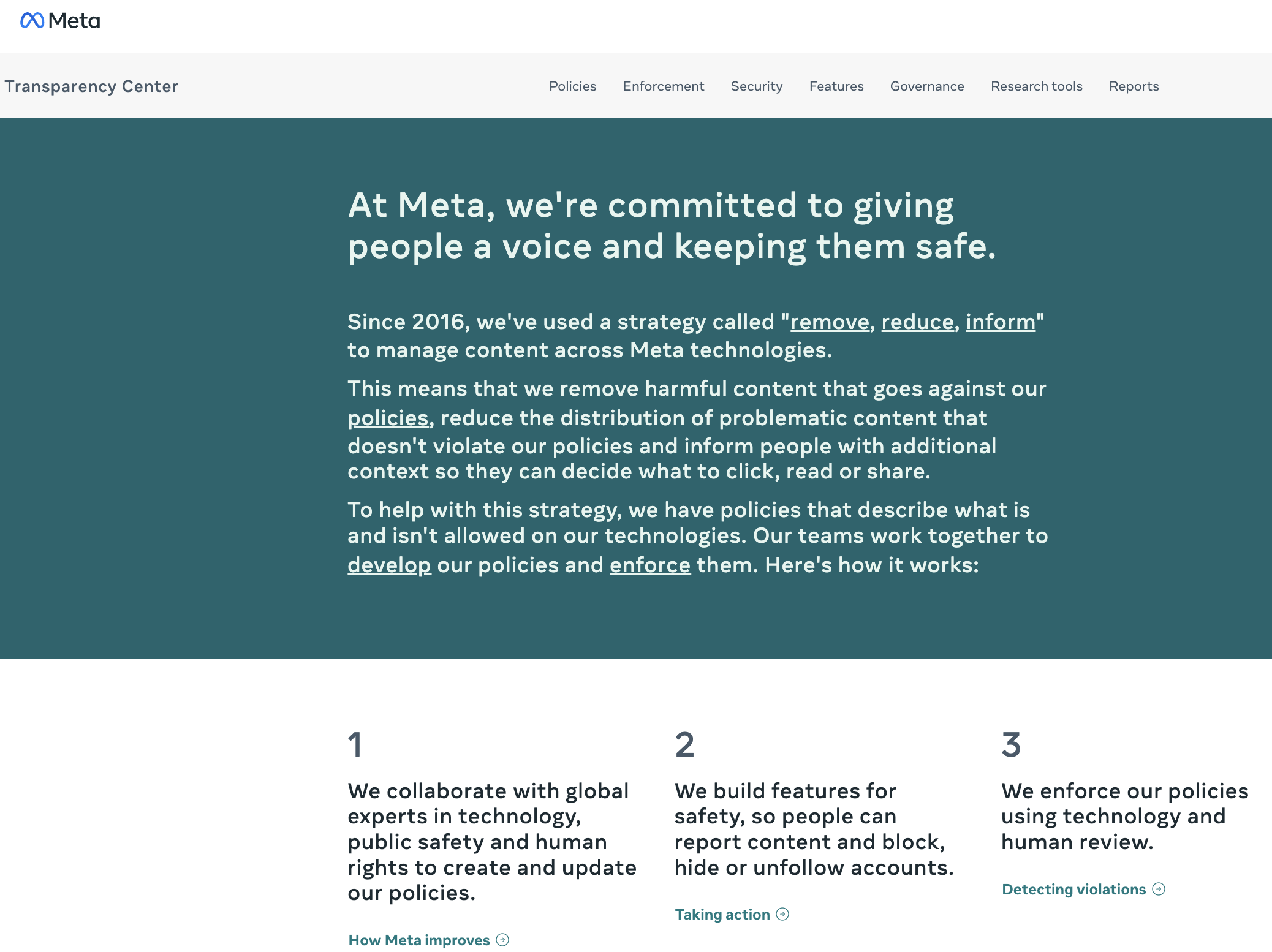
-
Examples 3
Signal has expanded beyond messaging to include community features that mirror social networks, while maintaining end-to-end encryption. It has attracted professional communities in sensitive industries such as healthcare, law, and journalism.
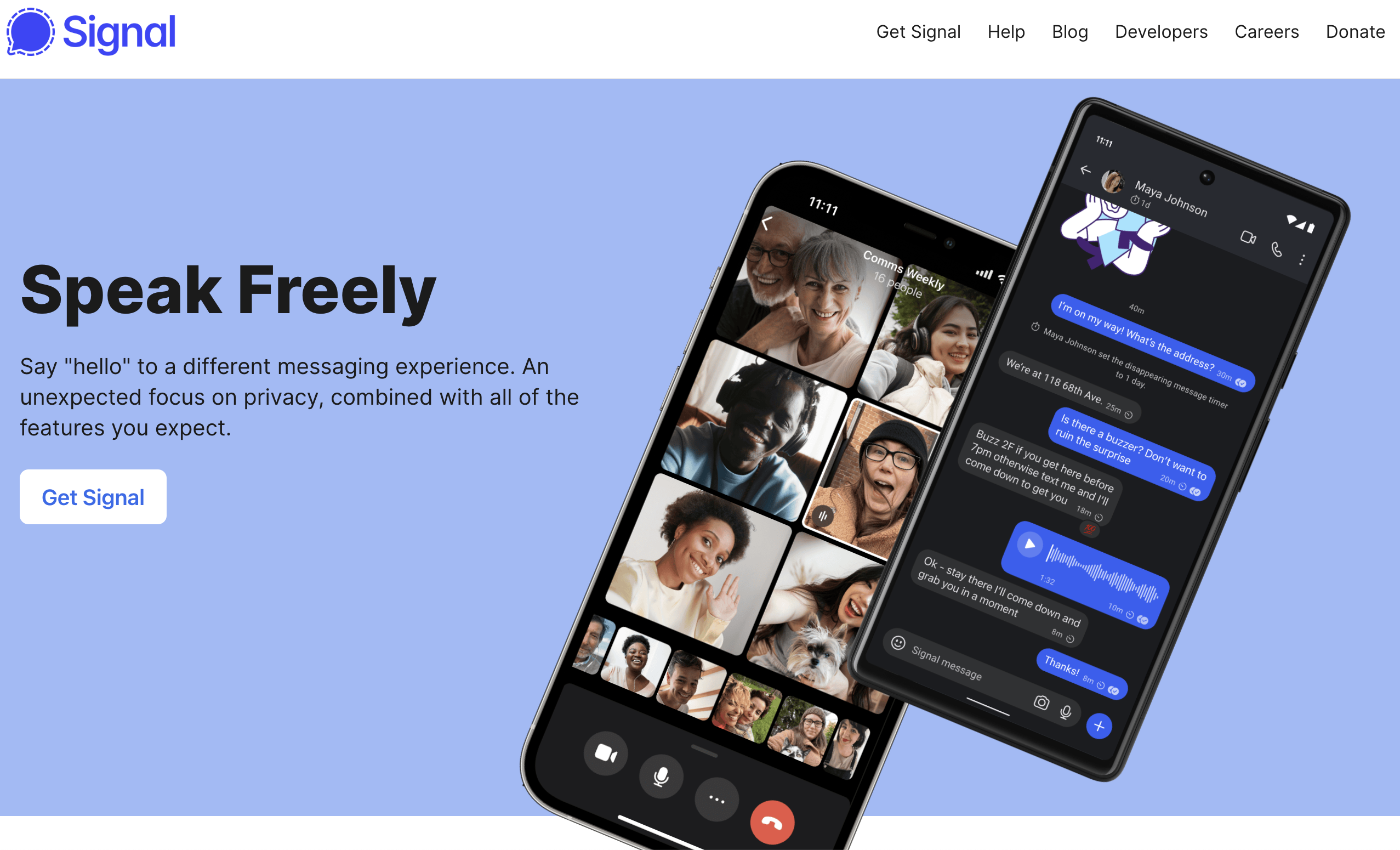
Why it matters
The privacy trend reflects a fundamental recalibration of the social media contract. The original bargain—free services in exchange for personal data—is being rejected by growing segments of users who have witnessed the downsides of surveillance capitalism. As privacy regulations, such as GDPR and CCPA, and emerging legislation worldwide create a more stringent landscape, platforms that proactively embrace privacy as a feature rather than a compliance burden gain a competitive advantage.
For brands, this shift requires thoughtful adaptation: moving away from hyper-targeted approaches based on personal data toward contextual relevance and value-based engagement. The brands succeeding in this new landscape are those that build trust through transparency, request data only when it creates clear user value, and give customers control over their information. While this may reduce some targeting capabilities in the short term, it fosters stronger and more sustainable audience relationships.
Trend 9: Why “post everywhere” strategies are failing
The fragmentation of social audiences across platforms has necessitated sophisticated multi-platform approaches that go beyond simply repurposing the same content. Effective multi-platform strategies recognize the distinct culture, format preferences, and user expectations of each platform while maintaining consistent brand identity. This approach treats each platform as a distinct channel within an integrated media ecosystem, with content designed to serve different purposes throughout the overall customer journey—from awareness on broad platforms to consideration in more focused communities, to conversion through direct engagement.
-
Examples 1
Peloton’s integrated strategy leverages TikTok for viral workout challenges, Instagram for instructor highlights and community engagement, YouTube for detailed class previews, and their own app for the central user experience. This multi-channel approach effectively reduces their overall customer acquisition costs.
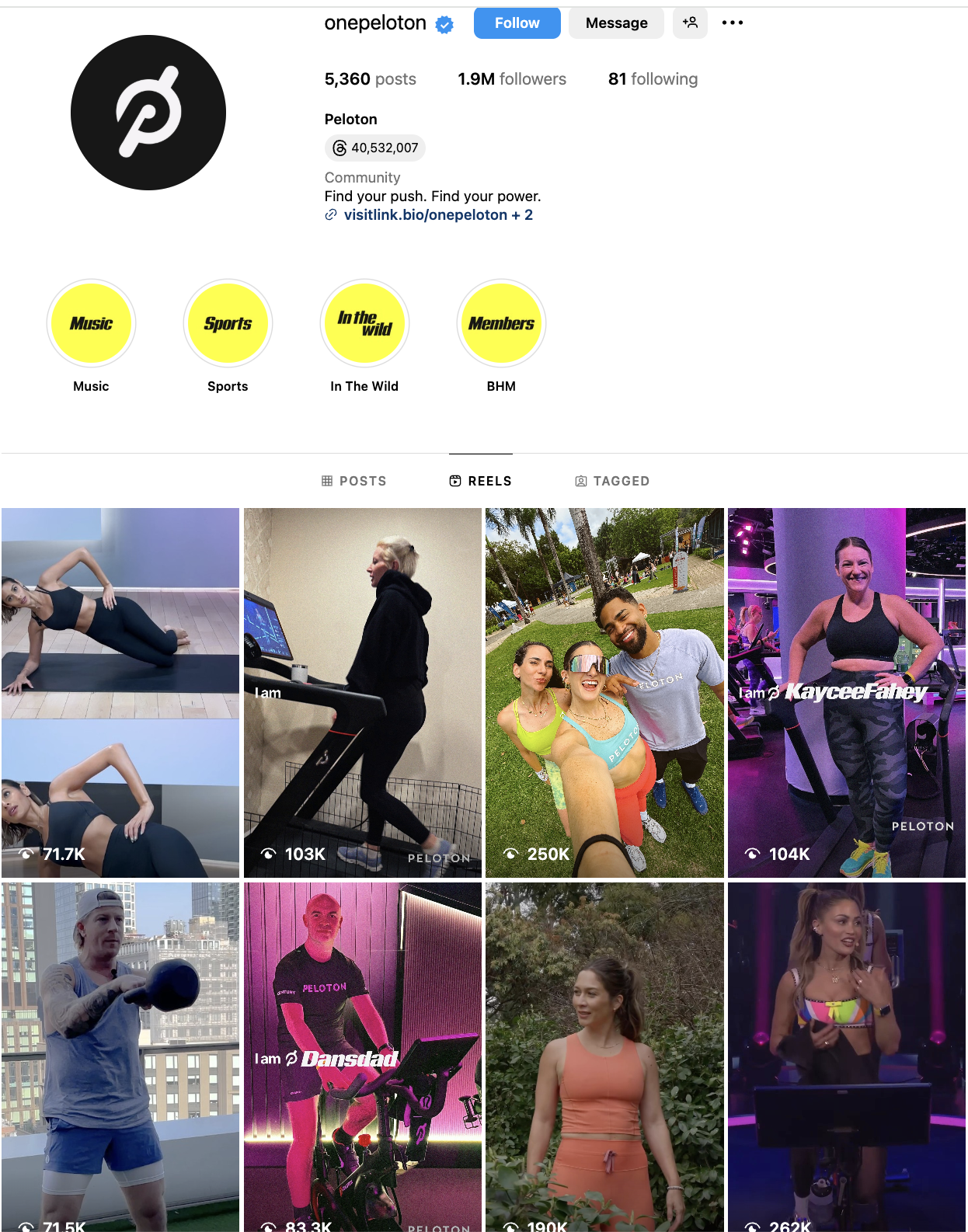
- Examples 2
Enterprise software company Salesforce has developed a “platform personality guide” that tailors its brand voice to suit each social channel while maintaining overall brand consistency, significantly boosting audience engagement across platforms such as LinkedIn, Twitter, YouTube, and TikTok.
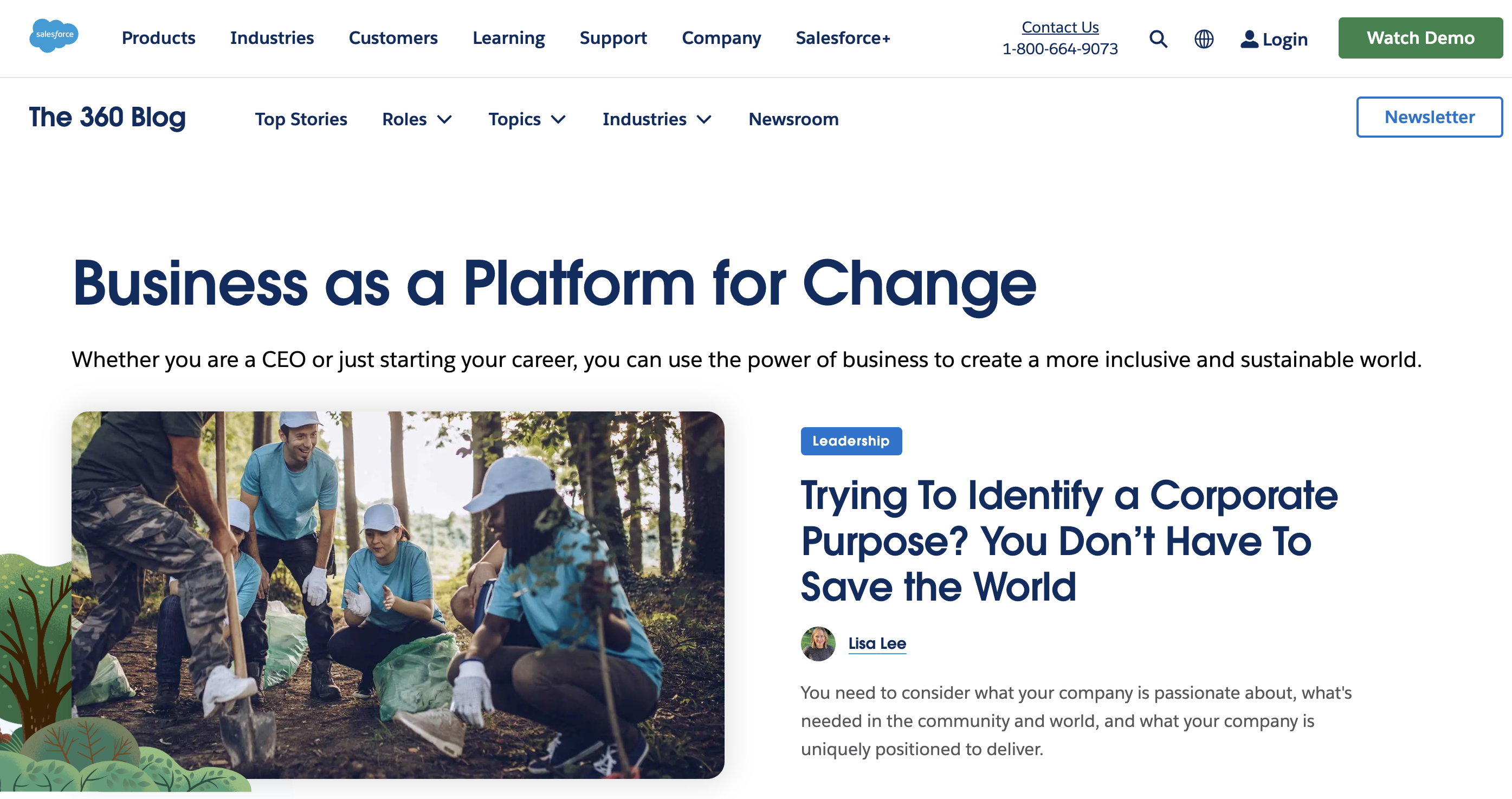
Why it matters
Multi-platform strategies acknowledge the reality of modern media consumption—audiences don’t live on a single platform, and different platforms serve different needs at different moments. The most sophisticated brands recognize that each platform has its own “language” and cultural context that must be respected to achieve authentic connection.
The data shows that cross-platform presence creates a powerful reinforcement effect, where seeing a brand across multiple contexts significantly increases trust and consideration.
Trend 10: How sustainability stories are outperforming product posts
Environmental and social responsibility messaging has evolved from a differentiator to a basic expectation for brands in 2025. However, the nature of this content has shifted significantly—consumers have developed sophisticated radar for detecting superficial “purpose washing” versus genuine commitment. Successful sustainability messaging now focuses on transparency, measurable impact, and ongoing journey rather than perfect outcomes. The most effective approaches invite audience participation in the brand’s social mission, transforming passive consumers into active stakeholders in positive change.
-
Examples 1
Patagonia’s #WornWear initiative has evolved into a comprehensive circular economy system, with their repair tutorials on TikTok generating over 50 million views and resulting in 125,000 garments being repaired rather than replaced, according to their impact reporting.
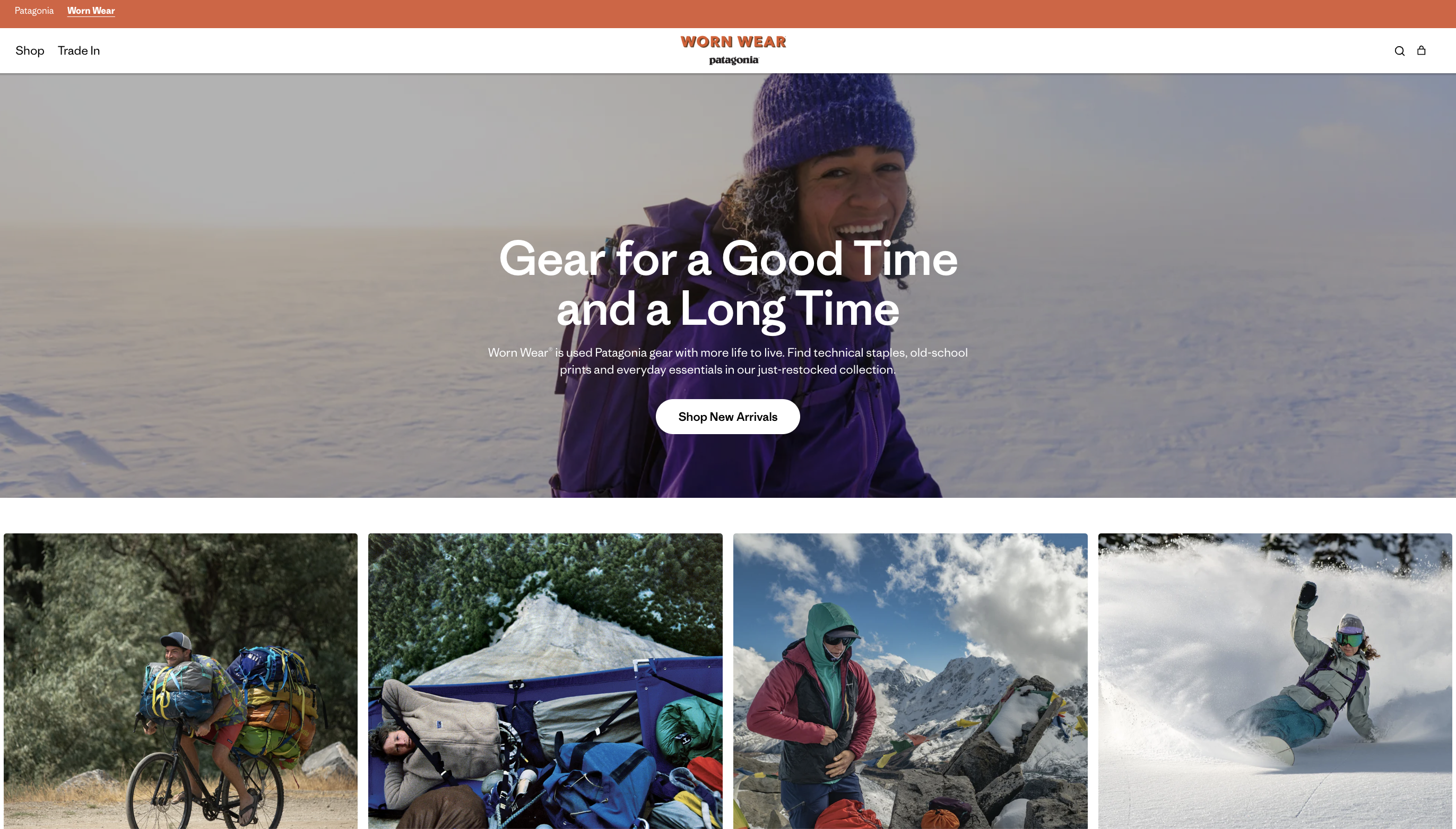
-
Examples 2
Cosmetics company Lush has pioneered “ingredient storytelling” across various platforms, creating content that traces individual components from their sustainable sources to the final product. These transparent supply chain stories have received 3.2 times more engagement than their product-focused content.
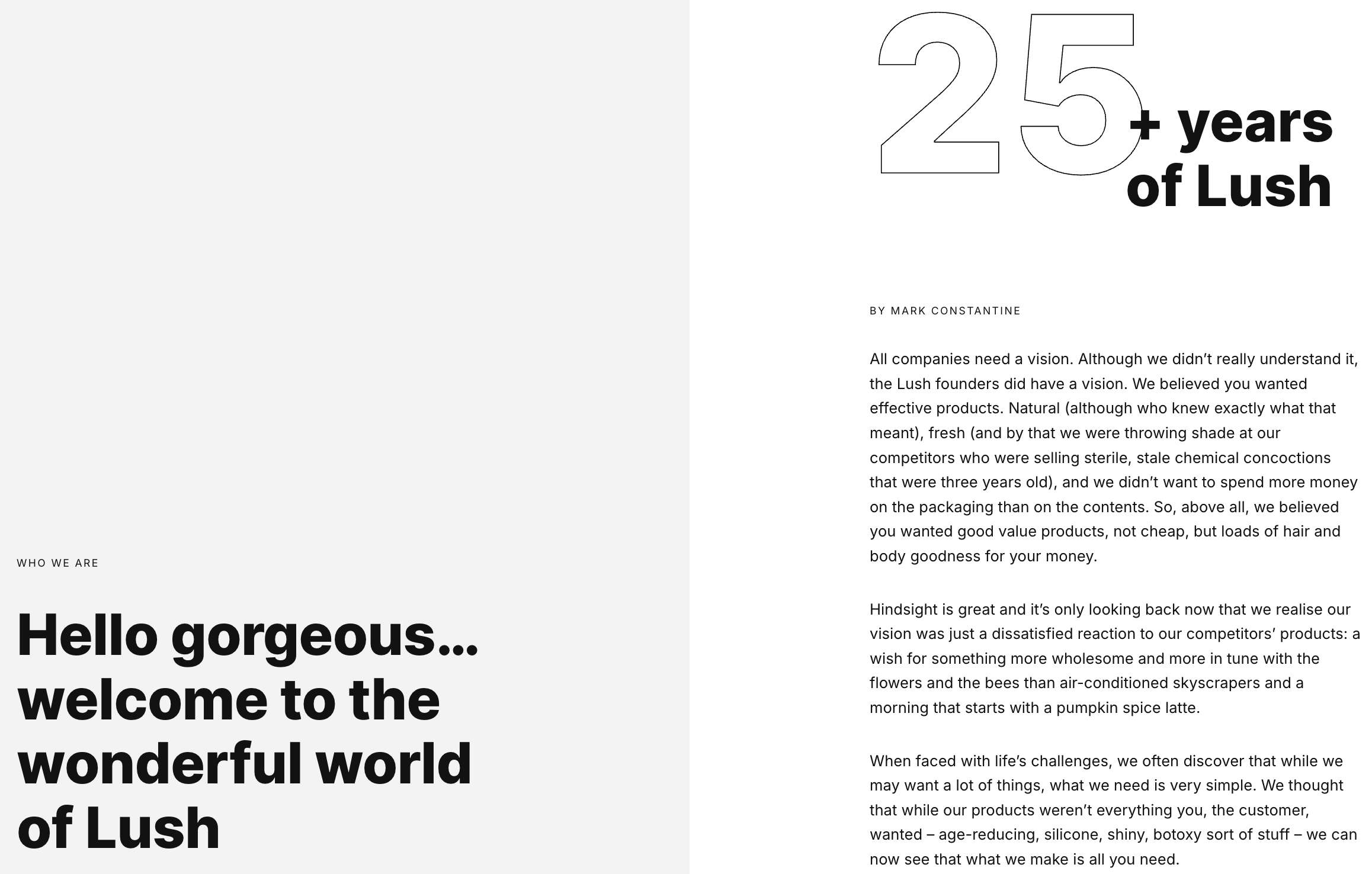
-
Examples 3
Unilever’s “Small Actions” campaign invites consumers to share their sustainability efforts, fostering a two-way conversation that has generated over 780,000 user submissions and measurably shifted purchasing patterns toward their eco-friendly product lines.
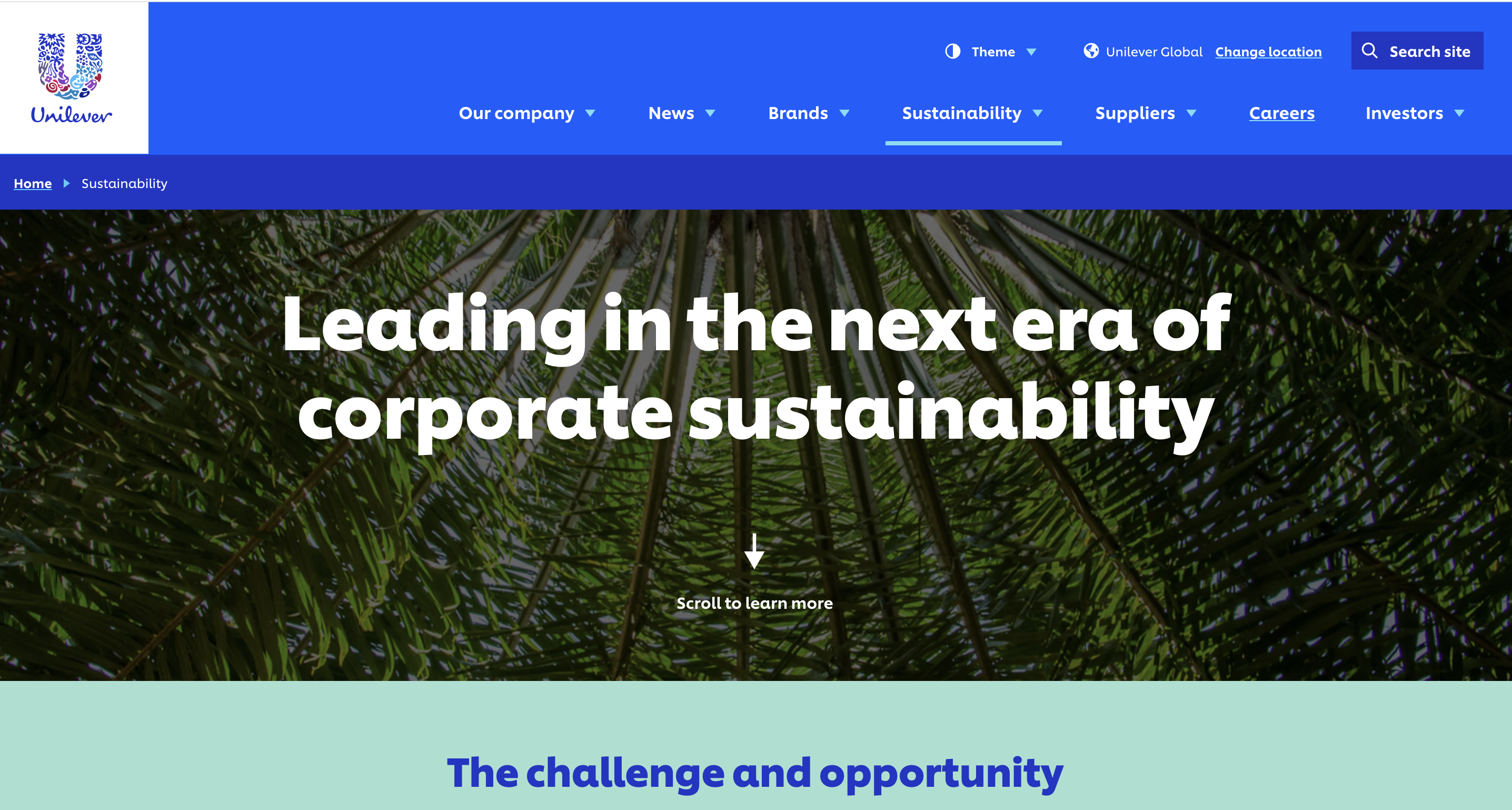
Why it matter
Value-aligned content fosters deeper connections with audiences because it resonates with their identity, rather than just utility. People tend to support brands that reflect their own values and self-image. Studies show that brand loyalty is 64% higher among consumers who identify with a brand’s social mission.
For brands, the key is ensuring that social responsibility messaging is backed by genuine action and transparent reporting. The most successful approaches integrate social impact into core business operations rather than treating it as a separate marketing initiative, allowing for content that authentically showcases real work rather than aspirational statements.
Trend 11: Interactive content that turns viewers into creators
The shift from passive consumption to active participation represents one of the most fundamental changes in how social media functions. Interactive content transforms the audience from viewers into collaborators, creating two-way engagement that significantly deepens connection. This trend encompasses a wide range of formats—from simple polls and quizzes to sophisticated co-creation tools that allow users to become part of the brand narrative. The technology enabling this interaction has become increasingly sophisticated, allowing for seamless participation across devices and platforms.
-
Examples 1
Instagram’s collaborative features now include multi-user Stories, where brands like National Geographic enable their photographers from around the world to contribute to living documentaries that unfold in real-time, resulting in 4.7 times higher completion rates than standard Stories.
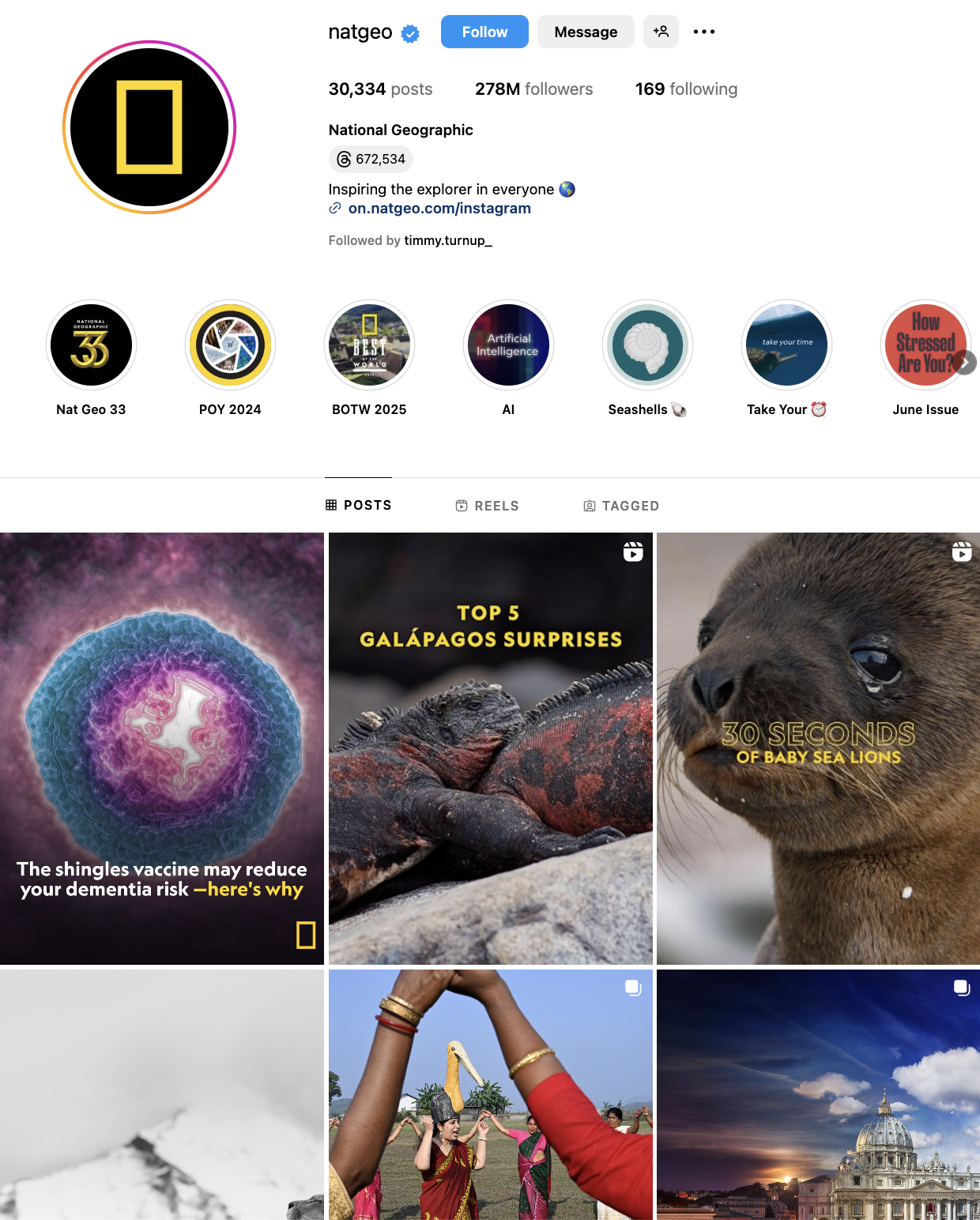
-
Examples 2
TikTok’s Duet and Stitch functions have evolved to include more sophisticated options, with dance brand Gymshark utilizing them to create worldwide choreography collaborations that have generated significant global participation and engagement.

-
Examples 3
Fenty Beauty’s #FentyFaceChallenge has been refined with AR templates that guide users through recreating signature looks, generating widespread participation while simultaneously educating consumers on product application techniques.
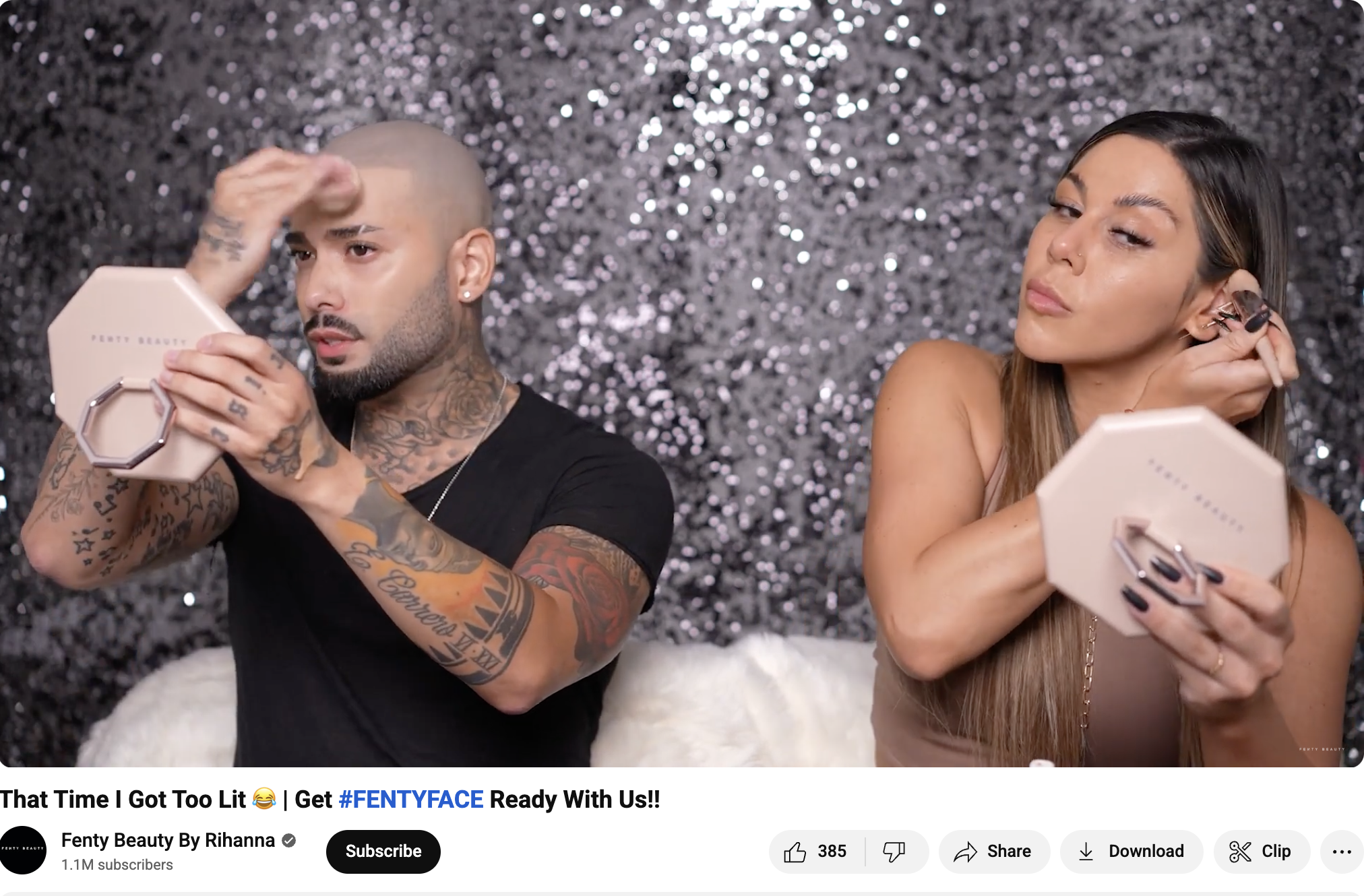
Why it matters
Interactive content generates 4-5x more engagement than passive content because it transforms the fundamental relationship between brand and audience from broadcaster/receiver to collaborative partners. This participation creates psychological investment—people value content they’ve contributed to and are significantly more likely to share it with their networks.
From a practical marketing perspective, interactive content also generates invaluable first-party data about user preferences and behaviors, while creating a steady stream of authentic user-generated content that can be repurposed across various channels. Perhaps most importantly, participation creates memorable brand experiences that stand out in increasingly crowded feeds—people may forget what they see, but they remember what they do.
Trend 12: Real-time content creating FOMO at scale
The final trend focuses on ephemeral, real-time social experiences that create moments of synchronous connection in an otherwise asynchronous digital landscape. This approach leverages the power of shared experiences happening simultaneously, creating cultural moments that cut through the noise of constant content. These time-bound events generate urgency that drives immediate engagement, while their temporary nature creates scarcity in an environment otherwise characterized by content abundance. The most effective real-time strategies strike a balance between predictability (scheduled events that can be anticipated) and surprise (unexpected moments that reward active platform presence).
-
Examples 1
BeReal has refined its simultaneous posting mechanism, now allowing brands to participate in these daily moments only if they can respond within the same 2-minute window as users. Data shows that these authentic, real-time brand posts receive 5.2 times higher engagement than scheduled content.

-
Examples 2
Chipotle has developed a “kitchen cam” feature that gives time-limited glimpses into their food preparation during peak hours, creating transparency while driving a 34% increase in same-day order volumes during featured periods.
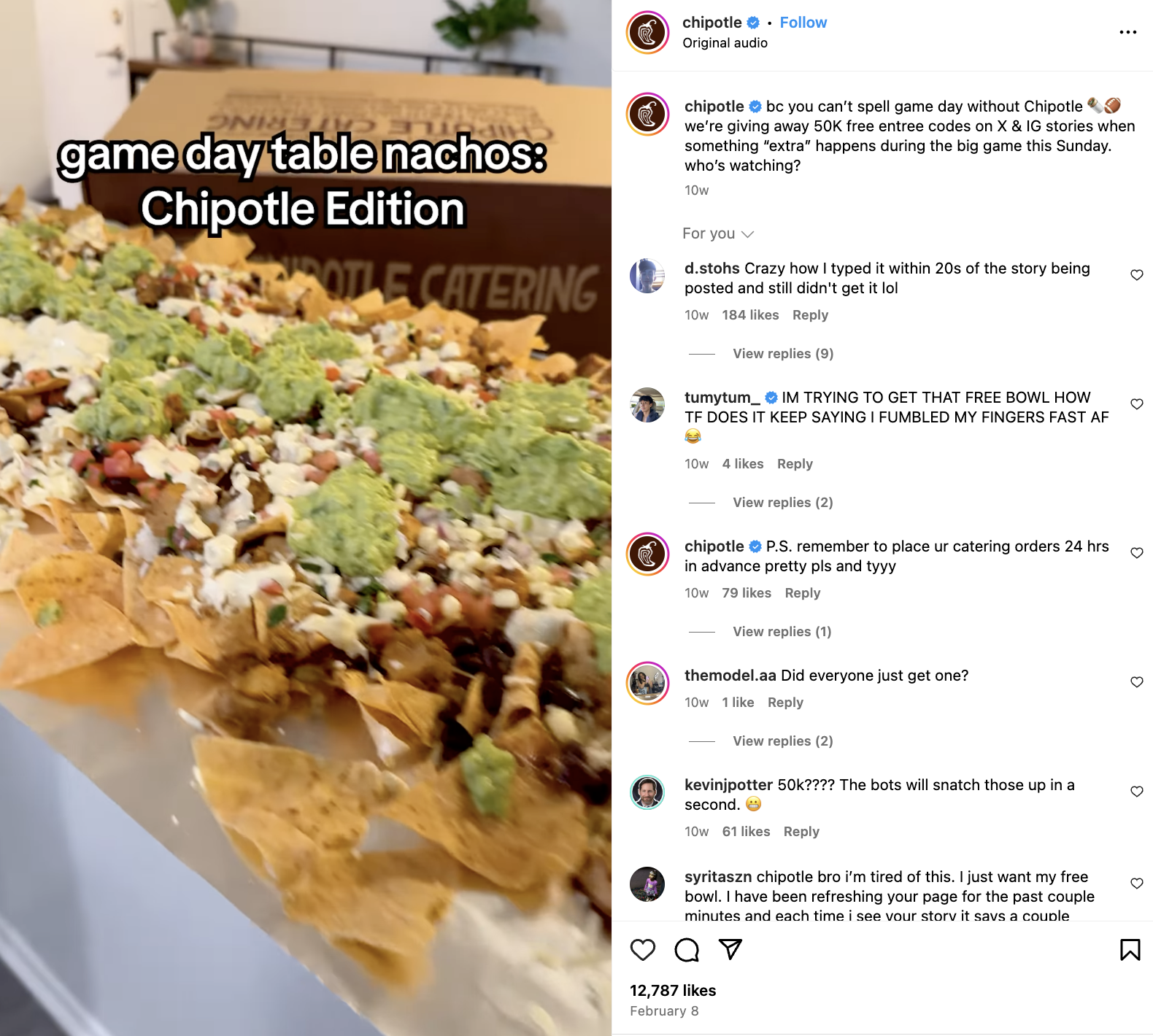
-
Examples 3
Fashion brand Supreme has adapted its famous “drop” model to social media, utilizing time-limited product reveals that disappear after 24 hours, creating predictable frenzies that regularly generate over 2 million concurrent viewers.
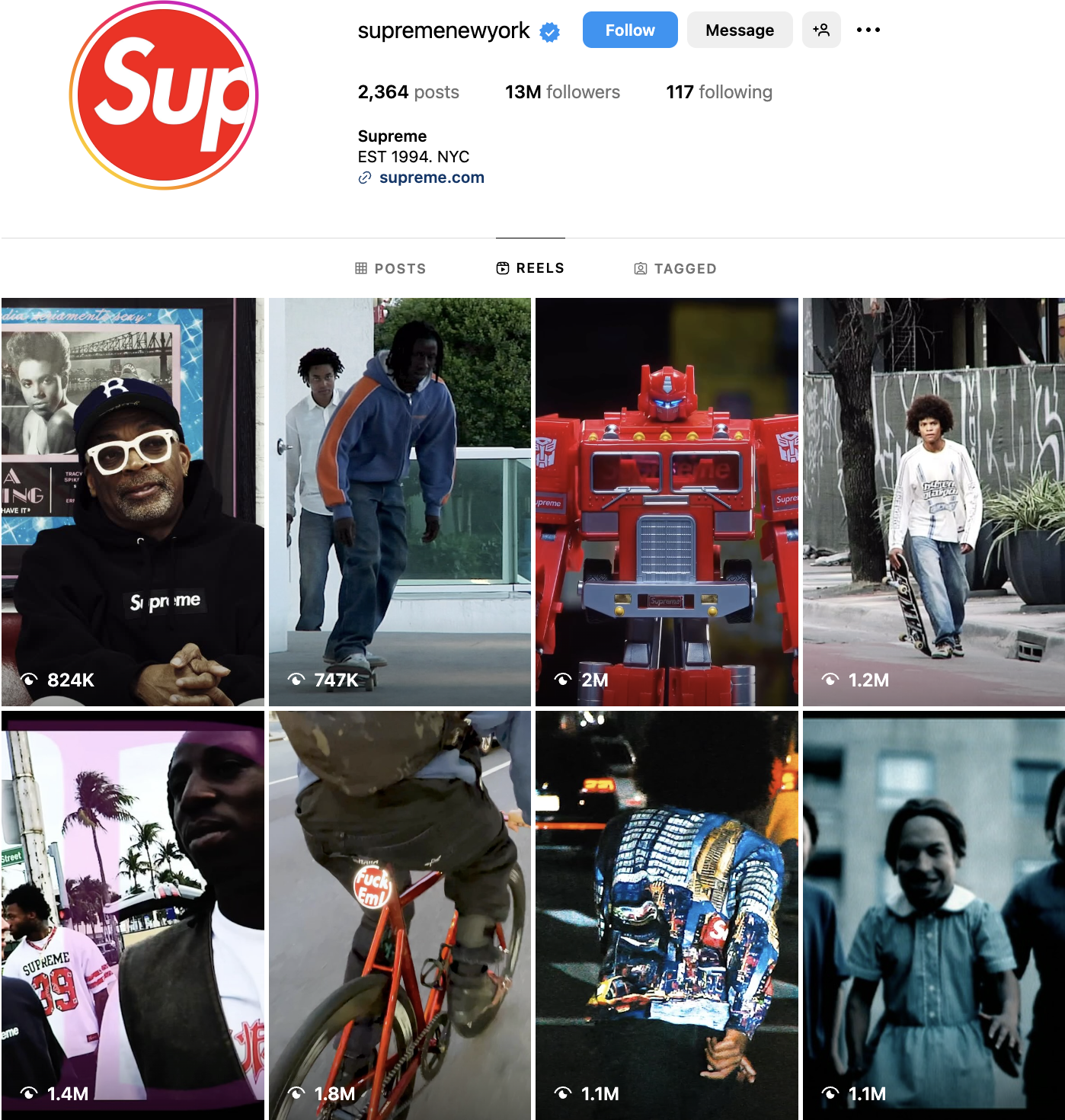
Why it matters
Real-time content creates FOMO (fear of missing out) that drives both immediate engagement and more frequent platform checking behaviors. Analytics indicate that users who participate in real-time events check platforms 3.2 times more frequently in the days that follow, establishing valuable habit-forming patterns. These synchronized experiences also generate a significant volume of conversation as people process the shared experience together, extending the impact beyond the moment itself.
For brands, real-time content presents both creative opportunities and operational challenges—it requires nimble teams capable of responding to moments as they happen. Still, the engagement reward justifies the operational complexity. In an era of content saturation, the ephemeral nature of these experiences creates a refreshing sense of significance and exclusivity that standard always-available content cannot match.
Embracing the future of social media: Your 2025 action plan
Social media in 2025 has evolved beyond simple content distribution into ecosystems where authenticity, interaction, and value creation are essential. The most successful brands are strategically integrating these trends to strengthen audience connections.
The common thread is clear: passive, one-size-fits-all strategies are obsolete. Users now expect personalized experiences, meaningful interactions, and content that respects their time and intelligence. They prefer brands that demonstrate authentic values, offer educational content, respect their privacy, and encourage participation.
If you’re feeling overwhelmed, remember you don’t need to implement every trend at once. Evaluate which aligns with your brand values and audience needs, test new approaches, measure their impact, and refine based on what resonates with your community.
FAQ’s
What are social media trends?
Social media trends are emerging patterns, features, or behaviors that gain significant popularity across platforms. They reflect cultural movements, technological innovations, and shifting consumer preferences that influence how people and brands utilize social media.
How to stay updated with social media trends?
Stay updated by following industry blogs like Social Media Examiner and ContentStudio, subscribing to platform newsletters, using social listening tools, joining professional communities, attending webinars, experimenting with new features, following relevant hashtags, and setting up Google Alerts for key terms.
How do you find social media trends for your specific industry?
Find industry-specific trends by analyzing competitors, monitoring industry hashtags, surveying customers, joining industry groups, tracking relevant influencers, reviewing your analytics, using content discovery tools, and looking for case studies of similar businesses implementing new approaches.
Which of the following is one of the trends of social media?
Key trends reshaping social media in 2025 include AI-integrated content creation, micro-communities, vertical video dominance, social commerce with AR, authentic content, short-form audio, educational content, privacy-first networking, platform-tailored strategies, values-based messaging, interactive content, and real-time experiences.

